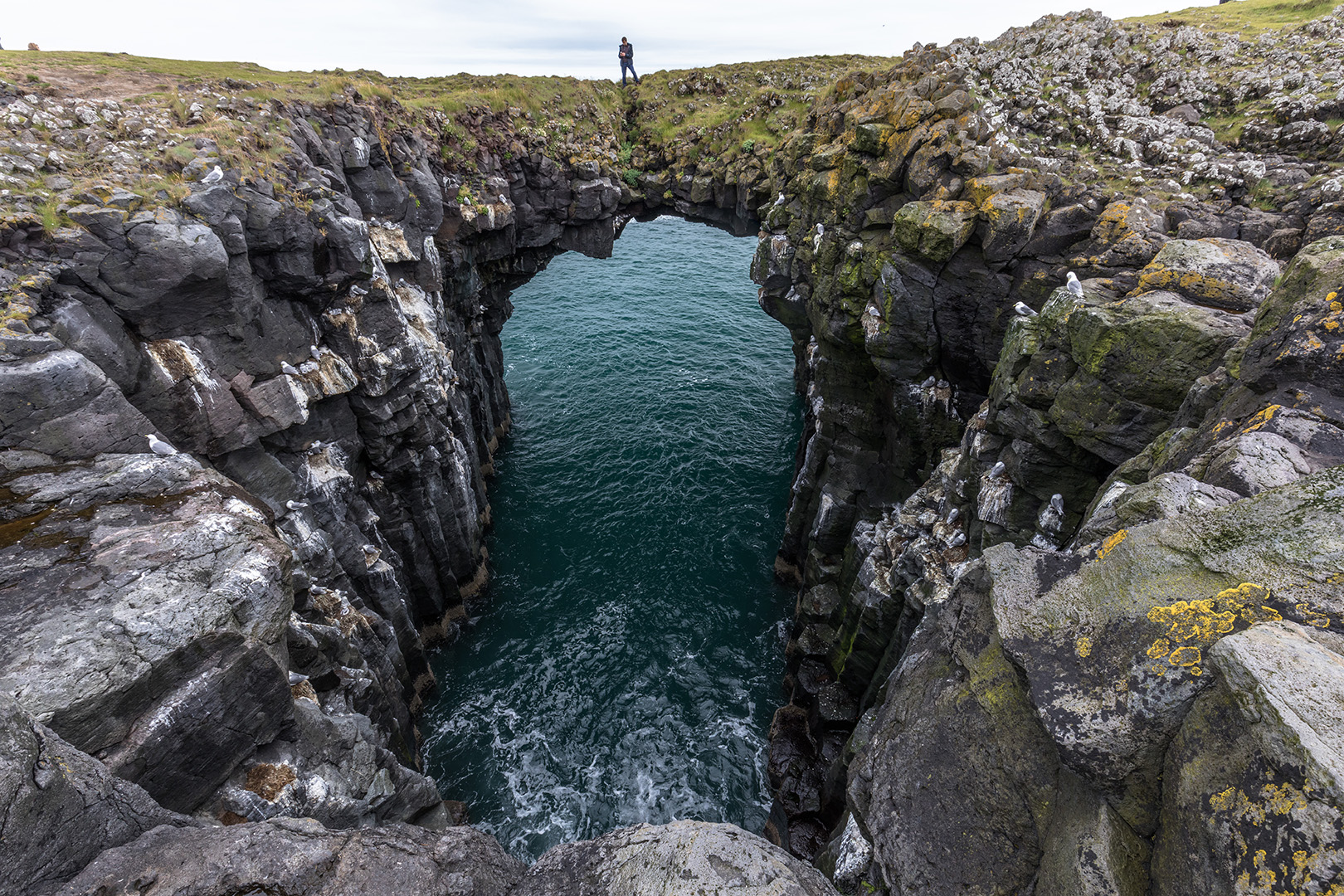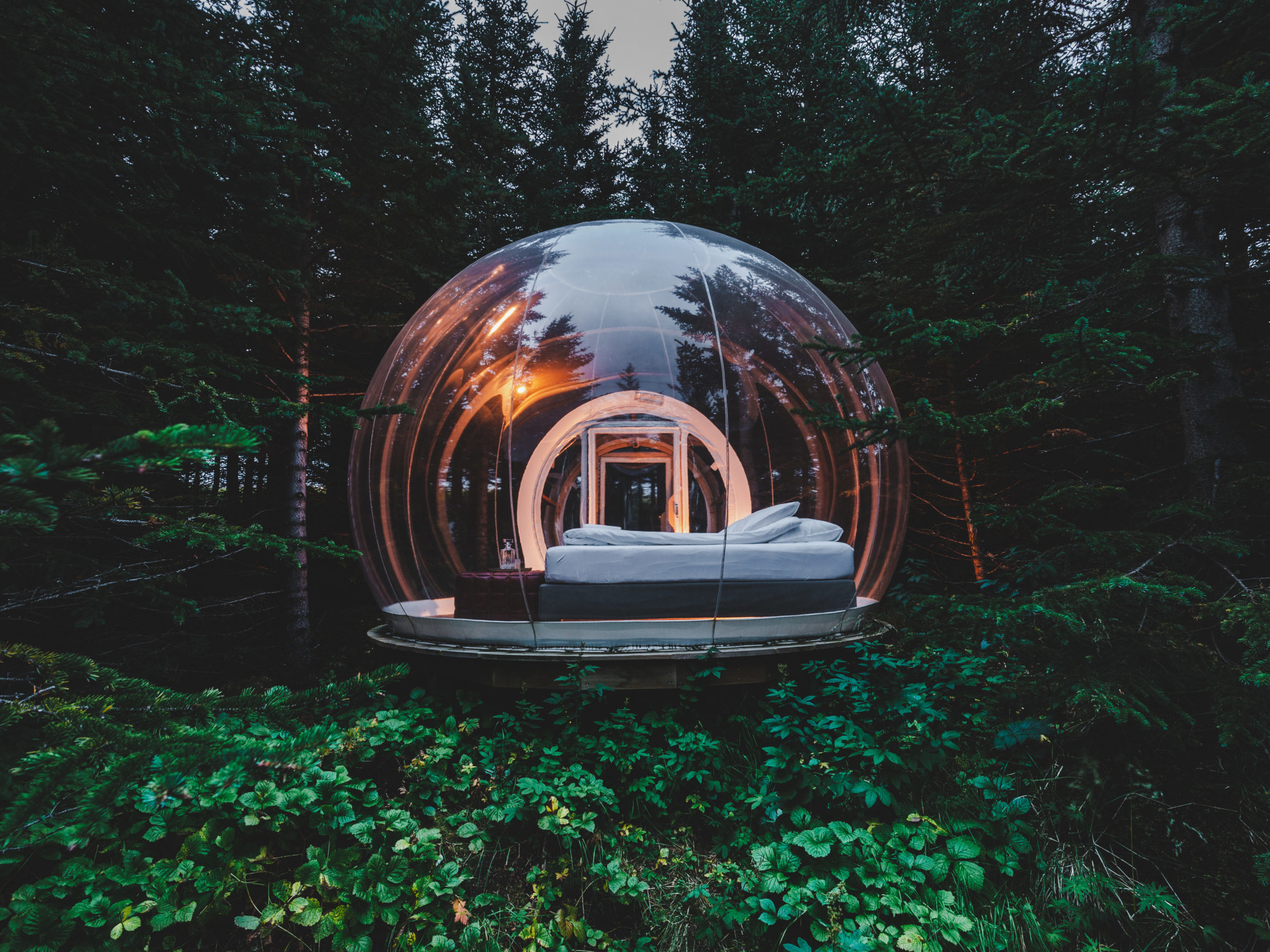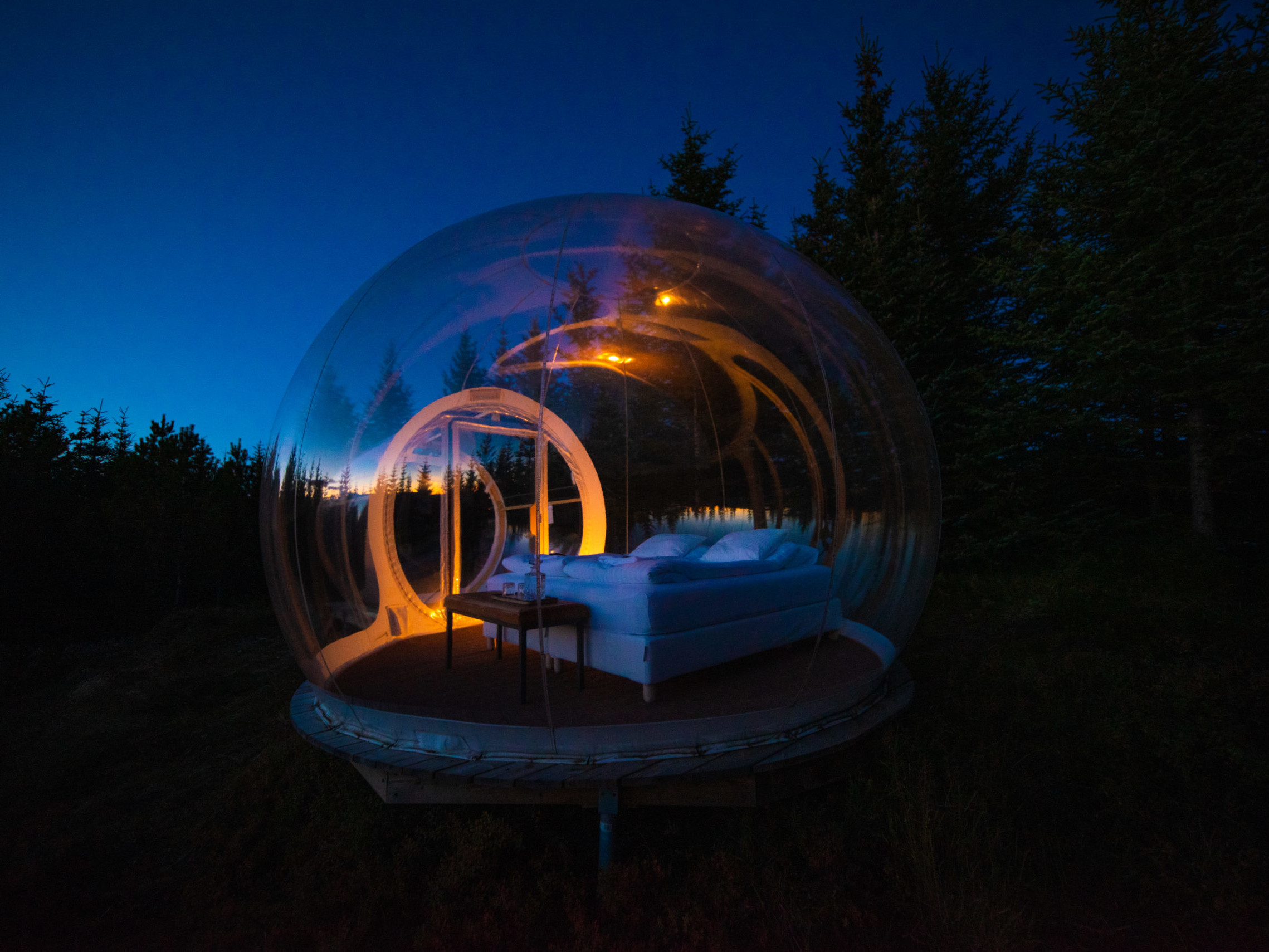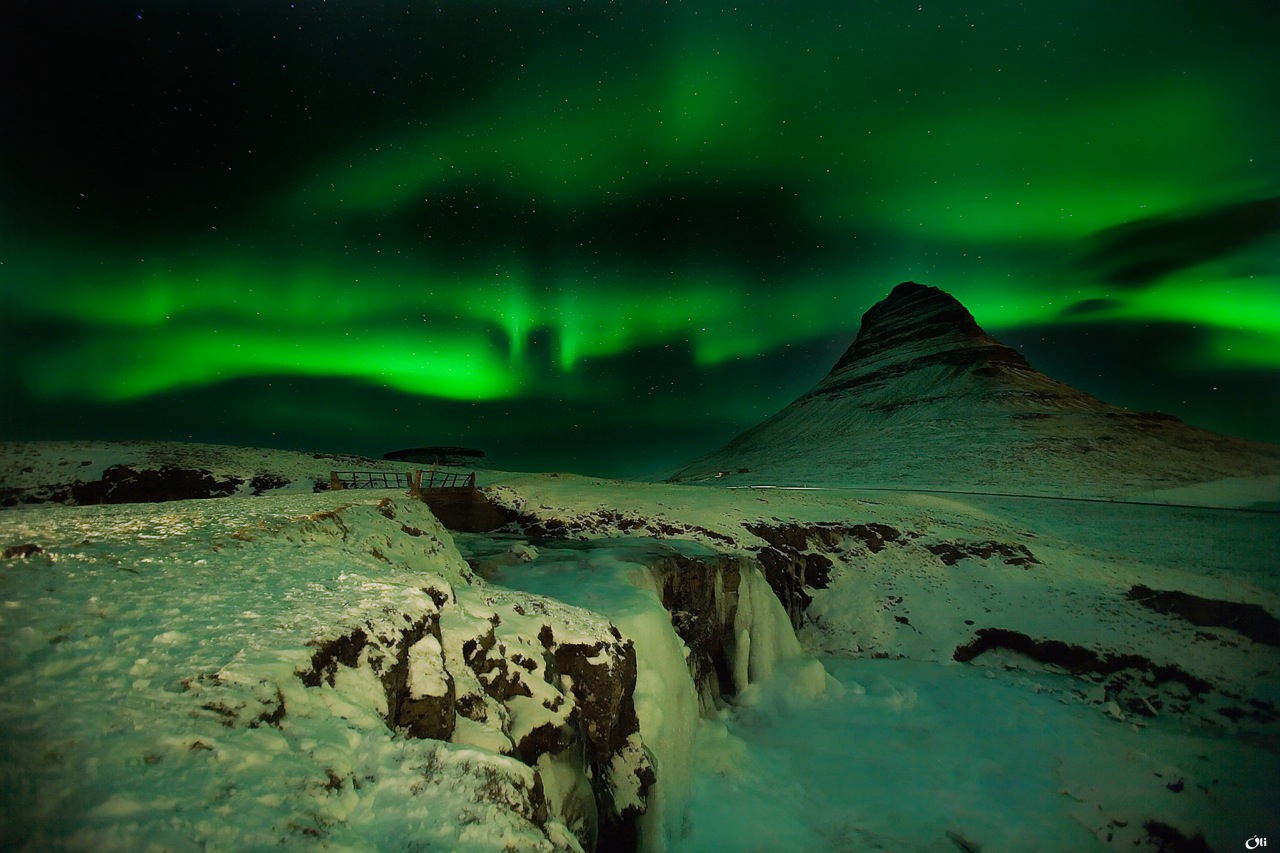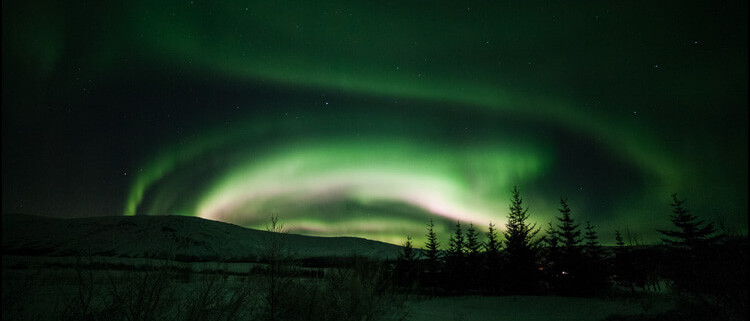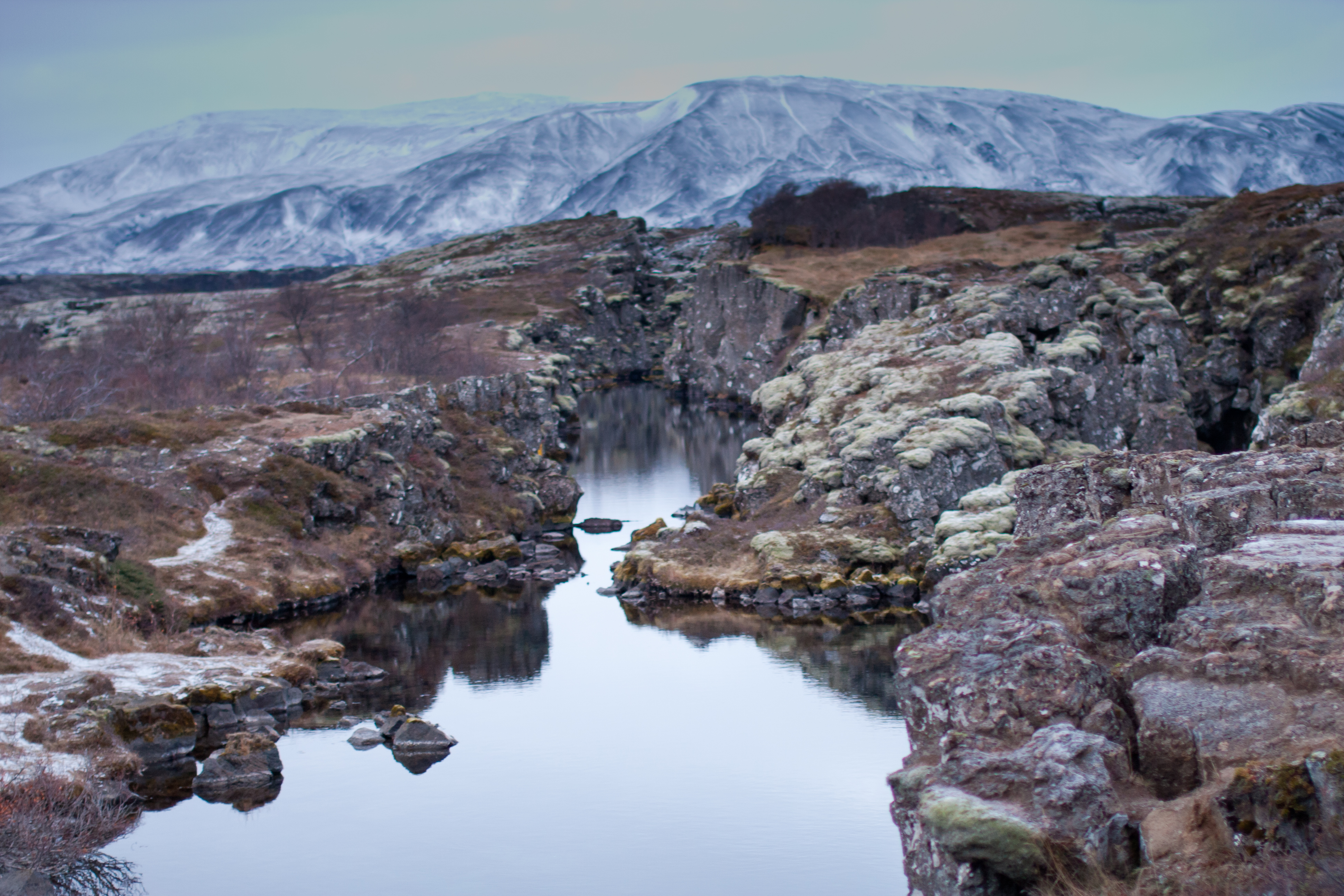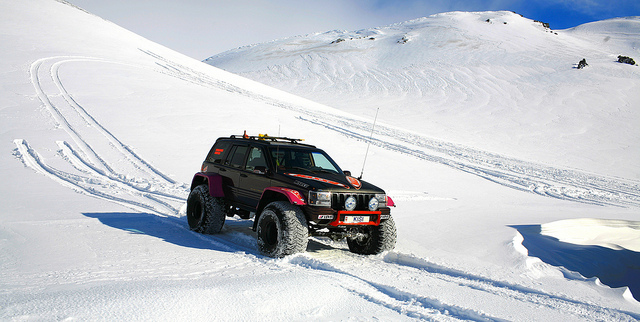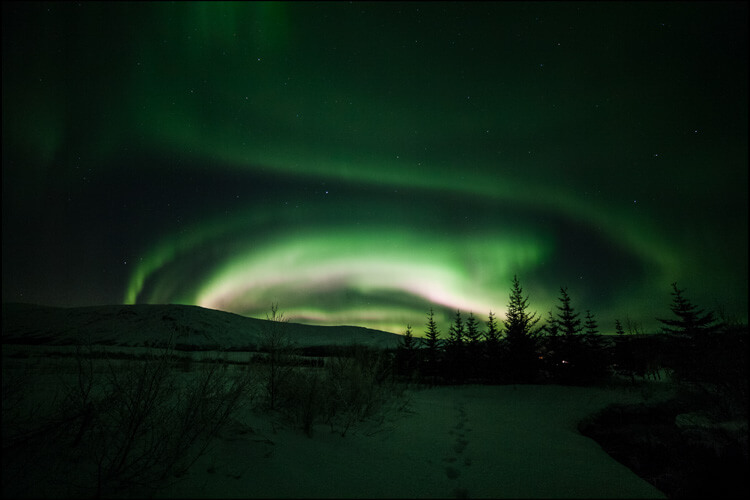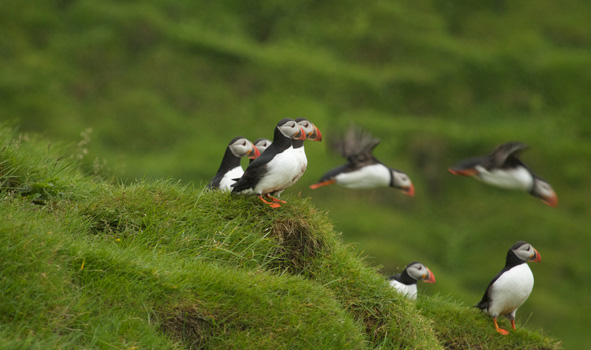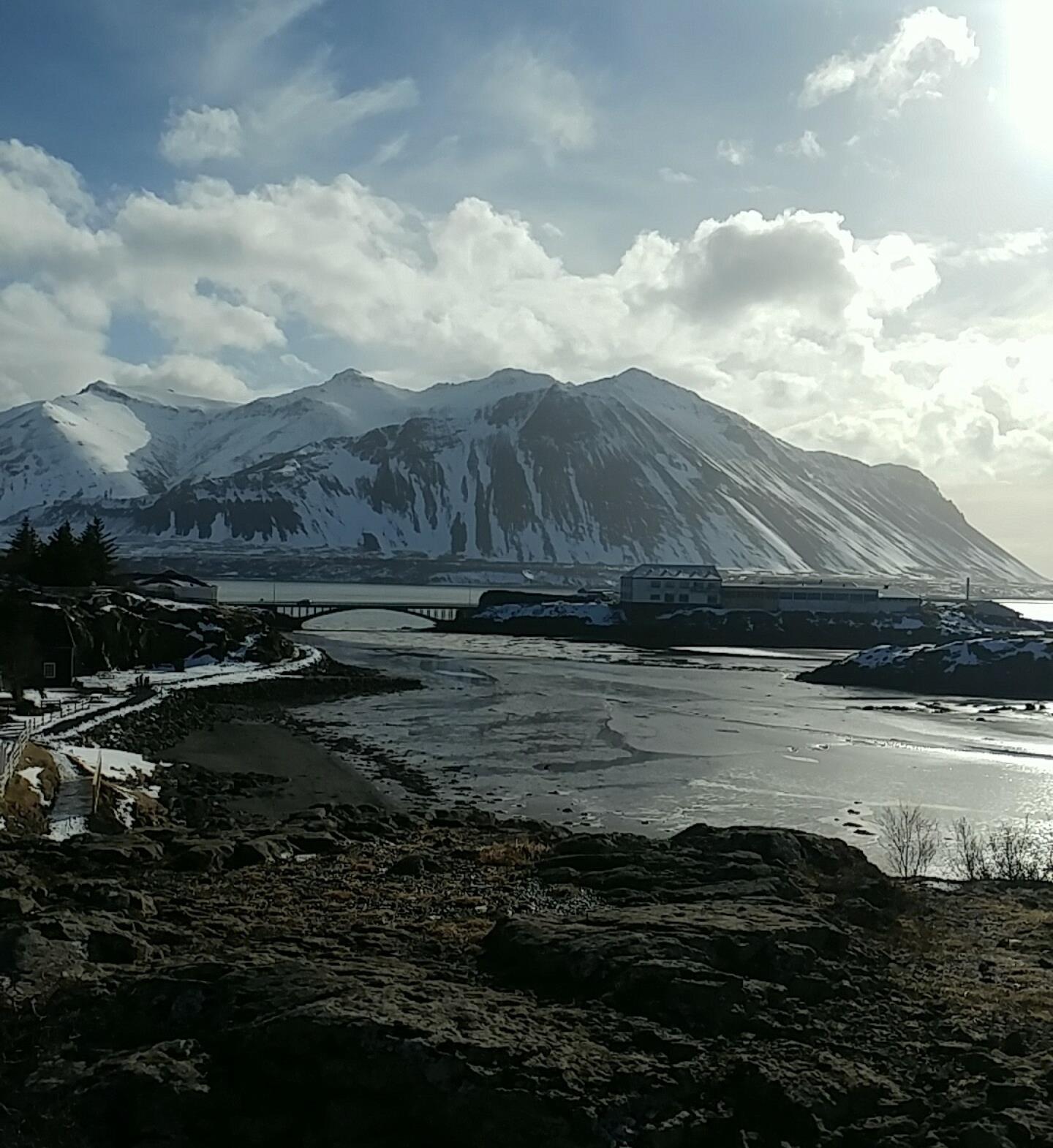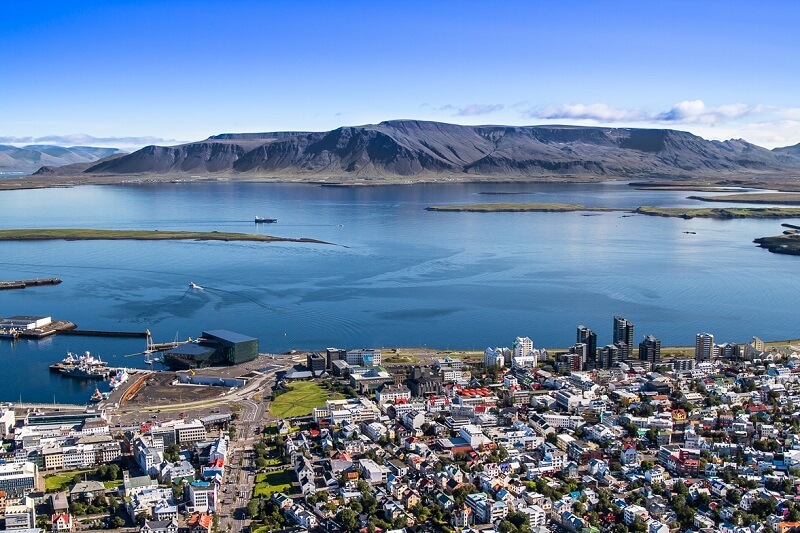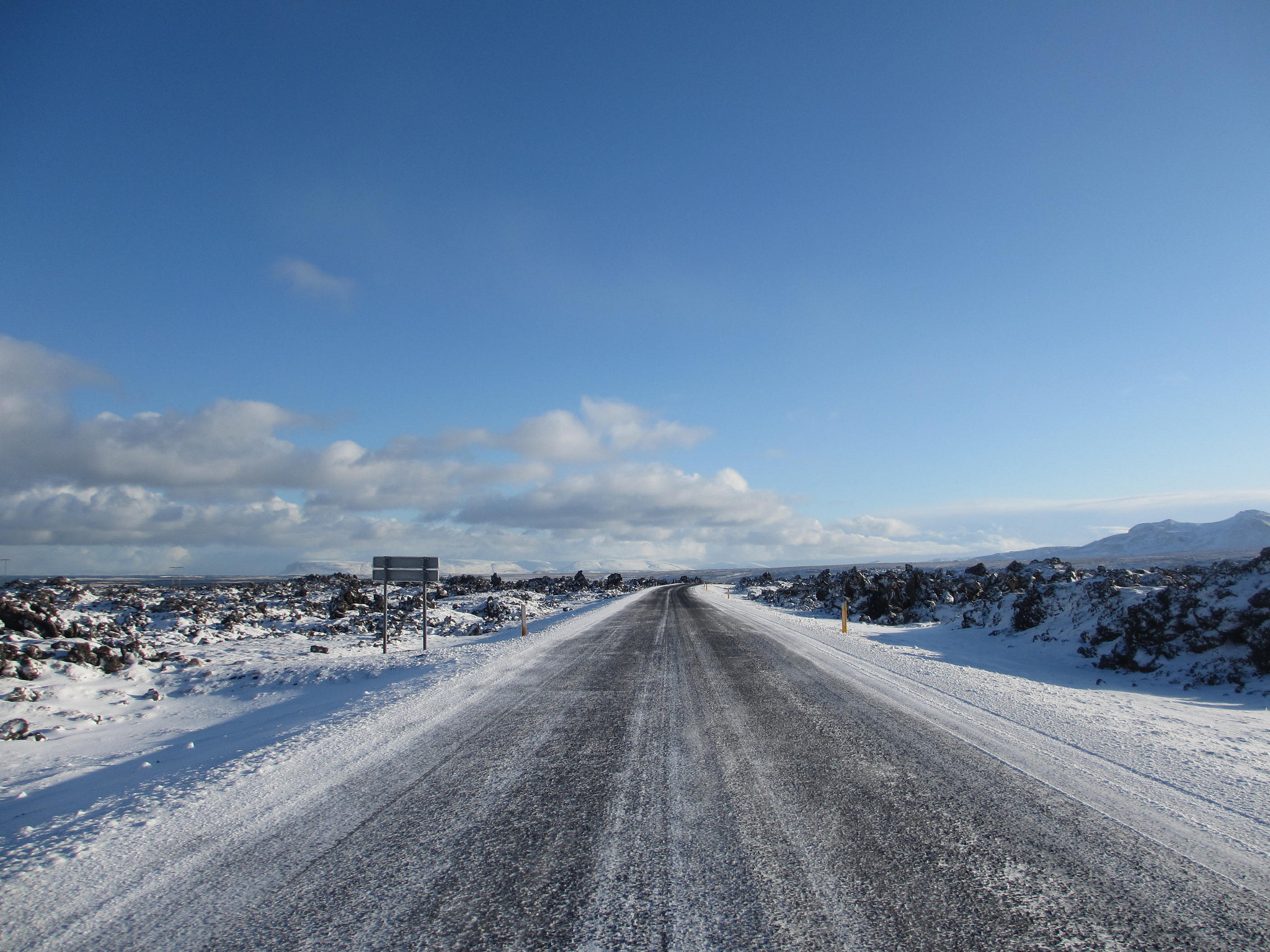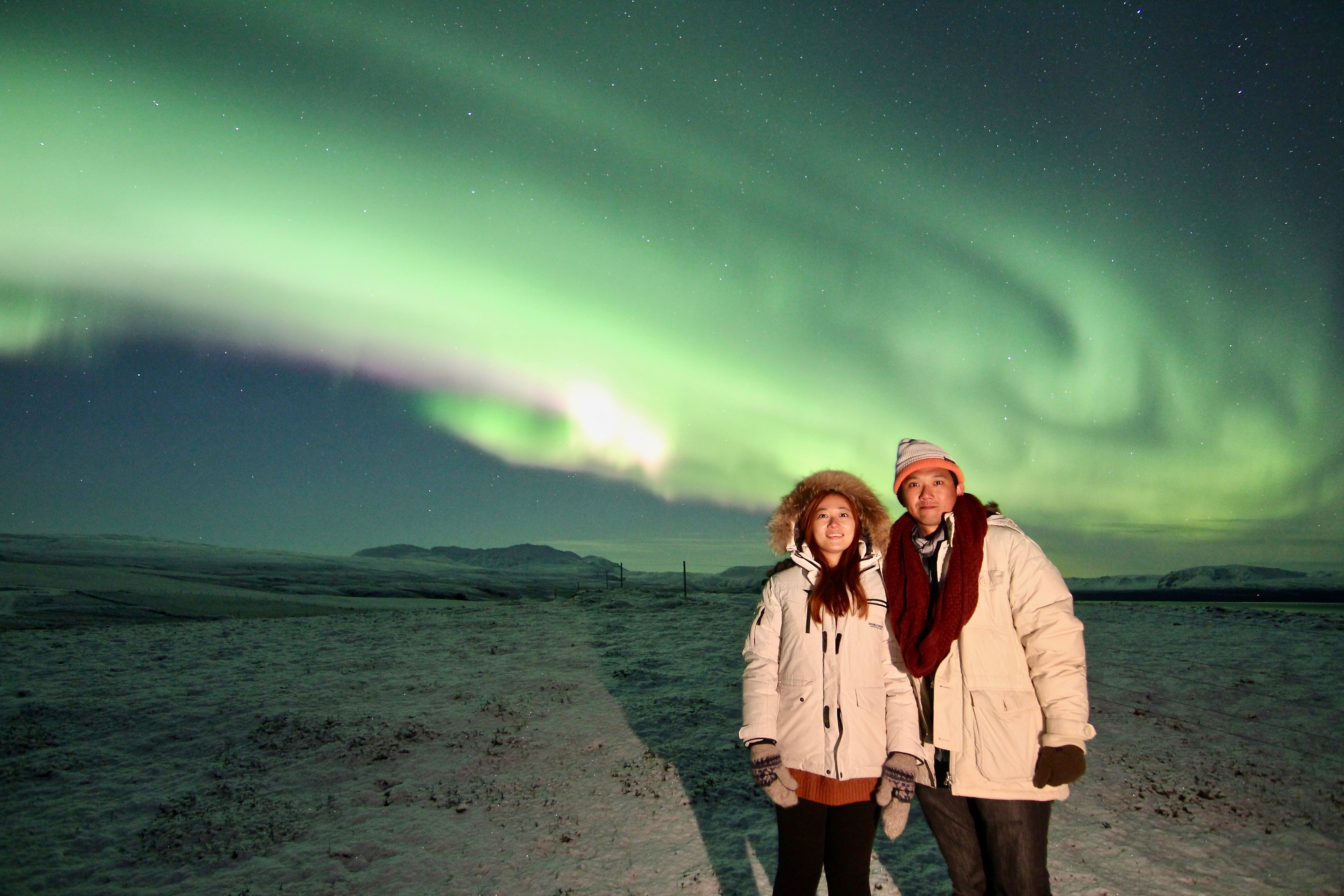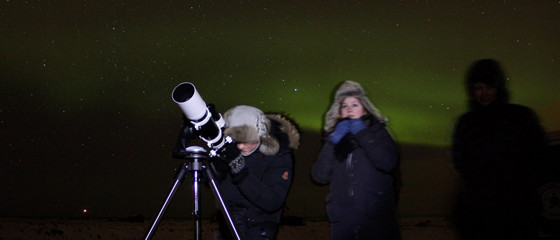What if...... in Iceland?
What if?
When planning an holiday, we often need answers to “what if” questions. Here is a fun read about “What if….” questions in relation to Iceland and might even answer a few of your speculations if you are thinking about visiting Iceland! What if…..

…. I would book a trip to Iceland. When should I visit?
….. I go to Iceland as a solo traveler. Is it safe?
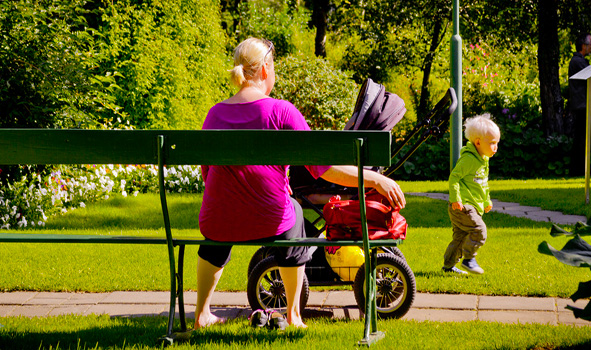
…. I decide to go there with kids.
…. I won´t find food that fits my special diet
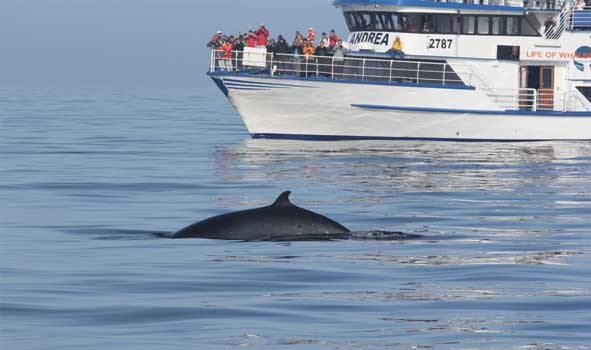
…. no one will understand me as I don´t know a word in Icelandic?
….I go on a boat ride and get sea sick?
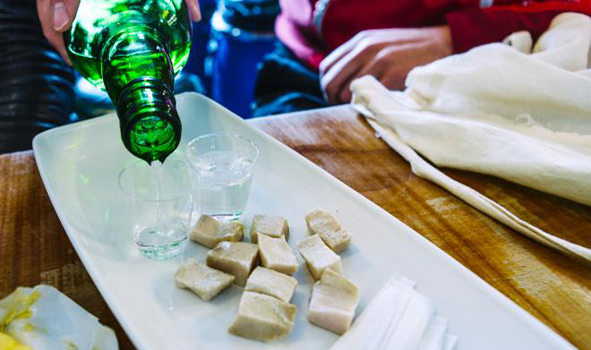
….I would like to try be like a local for one day?
Where To See The Northern Lights
Where Can We See The Northern lights?
This is understandably one of the most common question people ask when they are looking for information about the Aurora. Naturally it’s important to find out where it’s possible to see the Northern Lights before you start making detailed travel plans.
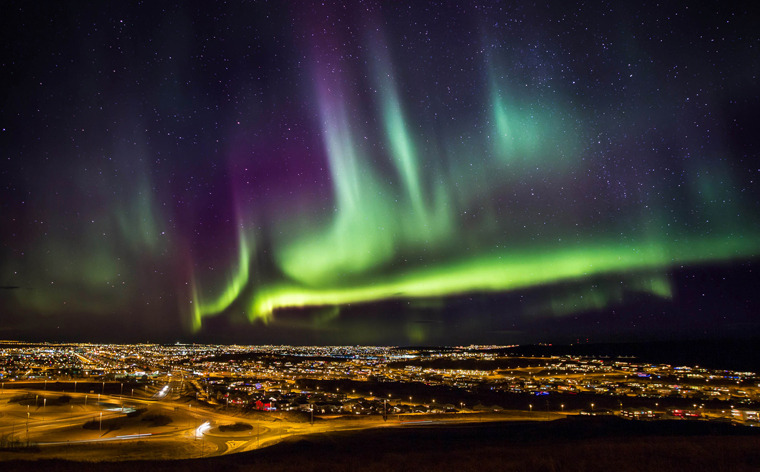
When Is The Best Time To See The Aurora?
The Northern Lights season starts every year in September and is until mid-April. There isn’t one particular month better than the other, the lights are hard to predict or plan for and the weather can prove challenging. That said, if you have a clear sky and can see the stars then you might be in for a good viewing.
One of the most important factors is the length of your stay as each day increases your chances of seeing the beautiful lights. We usually advise people to stay here for at least 4 days as the lights are often active for 2 – 3 days and then low for 4 – 5 days.
Iceland is an ideal place to hunt for the Northern Lights. In order to get the best viewing, go outside the city and away from the artificial lights. Often you don’t have to go far, just away from the lights as they often hinder you from seeing the Aurora Borealis.
Self-Drive v Guided Tour
Another common question we often get is whether we recommend a self-drive, guided tours from Reykjavík or a combination of both.
The main advantage of booking a tour is that your guide knows the forecast and has access to much more information so there’s a good chance of spotting the Northern Lights. If the forecast isn’t looking good by 6pm, they send a cancelation message and you’ll have another chance the following night. They provide the transport and know the roads so take you to the right spots.
In the winter, roads conditions can be icy and not ideal, so we don’t advise self-driving unless drivers are familiar with snowy and icy roads.
Road more on Driving In Iceland.
It is common for people to opt for both, tours and self-drive. It all depends on what each person is comfortable with. We recommend that you spend a few nights out in the countryside if you stay in Iceland for more than 5 days. You don’t need to go far out the city to be in with a chance to see the dancing Aurora. If the sky is clear of clouds then head down to Grotto and wait patiently.
If you have a car, drive out of the city and away from the light pollution to areas like Grotta, Mosfellsbaer, Seltjarnarnes and Perlan, where you can easily park.
Further afield, head to Thingvellir National Park near the Golden Circle to be surrounded by nature for a vast open sky ready for the nights display. Threngsli, Seljavallalaug Pool, Vík, Eldborgahraun, Djúpavík, Látrabjarg in the Westfjords, Ásbyrgi Canyon, Hvammsfjordur, Jokulsarlon, East fjords, Hvitserkur, Siglufjordur, Reynisvatn, Öskjuhlid, Borgarholt in Kopavogur and Kirkjufell.
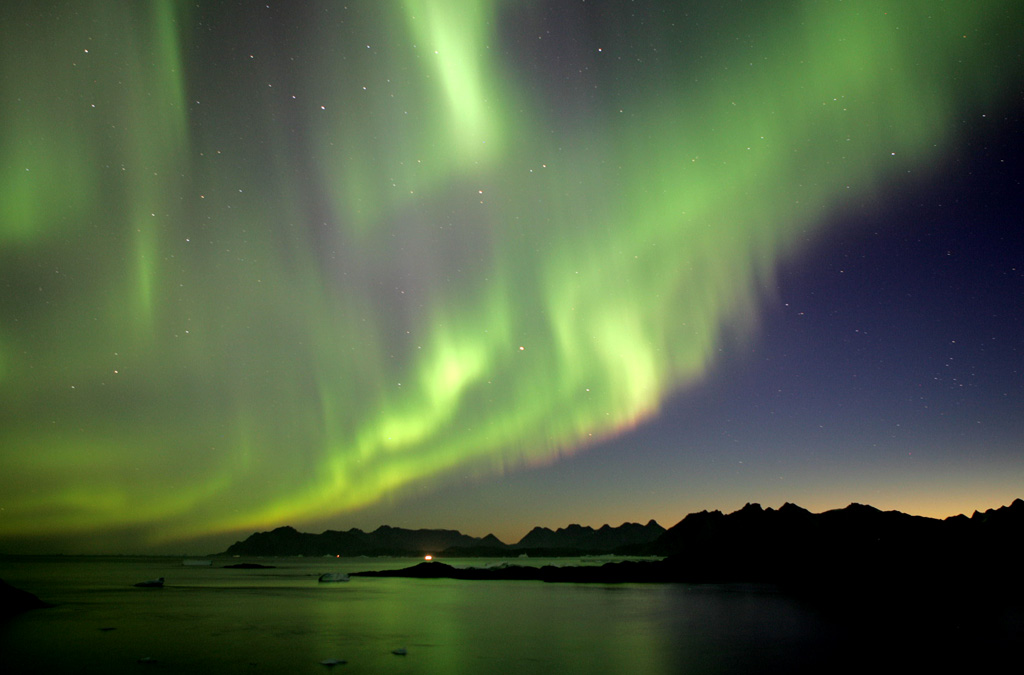
Understanding The Northern Lights Forecast
There are a few things you need to consider when you take a look at the forecast. Firstly, look for the white areas on the map, these show clear sky (so a low cloud coverage). Secondly, in the top right corner you will see a scale which shows numbers and indicates to a moderate, active or high performance of the Northern Lights. Finally, the weather in Iceland changes constantly so it’s important to check the forecast regularly during your stay, especially if you are doing a self-drive so see where to drive to.
When you go on a bus or superjeep tour, the drivers know where to hunt for the lights each night. Also keep in mind that even though the forecast says low, go outside and hunt for the lights if the sky is clear, they tend to show up without any notice.
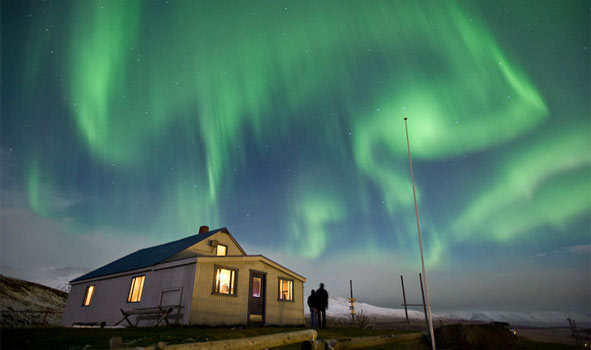
How To Plan Your Trip To Iceland Around The Weather
Remember, this is Iceland
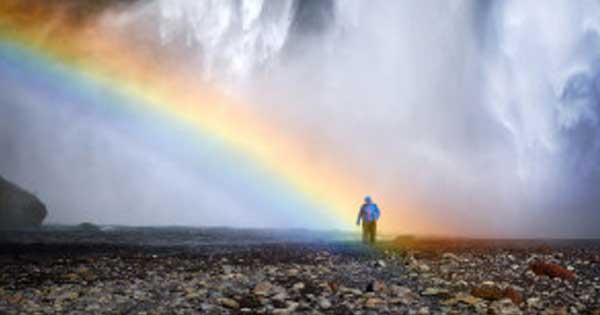
Iceland is a beautiful place to visit and many people who do take away memories that will last a lifetime, however many first time travellers to this picturesque country wonder how to plan their trip to Iceland around the weather. Here are a few tips that might help.
Located on the Arctic Circle
Iceland is close to the arctic circle so no matter what time of year you travel, you can expect cooler or just cold weather. Traveling in the late spring and early summer is probably going to give you the best opportunity to really take in the country. During the late fall and winter months, the weather can make many roads difficult or impossible to travel. Like anywhere in the world, there’s no guaranteeing what the weather’s going to be like on any given day or even hour.
So, the first thing you need to do is remember why you’ve chosen to visit Iceland instead of a tropical Island that would almost guarantee you endless days of sunshine.
Icelands weather is unpredictability. While you can watch weather forecasts and try to plan your trip based on those sunnier forecasts, forecasts are simply educated guesses as to what the weather’s going to do. No one, regardless of how many instruments they have at their disposable can accurately predict the weather. The simple truth is, while you can plan your visit to Iceland for the warmer months, you really can’t plan it around the weather. So rather than trying to plan that Icelandic adventure around the weather, why not plan to enjoy it regardless of weather.
Come prepared to take this beautiful country in, layer up and enjoy.
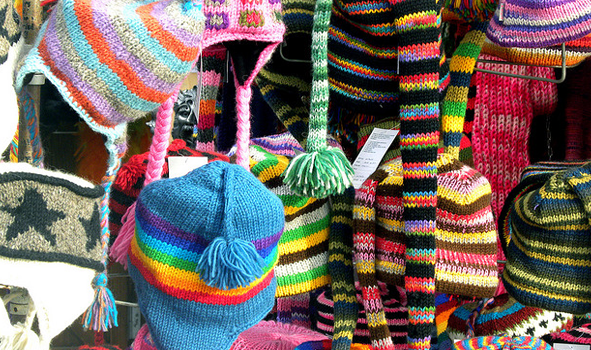
Pack For Any Type of Weather
When traveling to Iceland you need to remember that the day can start out warm but may turn cold and rainy within a very short period of time. It’s important to pack the right clothes for any type of weather. Here’s a checklist for items to pack
• Swimwear – despite Icelands chillier all-year-round weather, swimwear is something you are going to want to pack as most hotels have their own indoor or outdoor pools, fed by a hot spring. Relaxing in one of these pools is going to be something you aren’t going to want to miss.
• Dark Jeans and Smart Top – If you plan on visiting a club or bar while in Iceland, packing a pair of dark jeans and smart top is a must. This is standard for a casual night out.
• A ‘Nicer’ Outfit – Icelanders don’t tend to dress up but eating out in one of Icelands smarter restaurants is a good excuse to wear one of your nicer outfits. You’ll still need to wrap up warm though.
• Layers – Pack clothes that are easy to layer for your different activities and trips in Iceland. Start with a good base layer that provides warmth, a cotton or polyester blend shirt and long trousers. Then make sure you include a pull over / sweater or two, a jacket made from a waterproof material and good hiking or walking boots.
• Hat, Scarf, Gloves – In addition to packing clothes you can mix n match, and layer, you also want to include a warm hat, scarf and gloves.
Focus on the Adventure
If you pack the right clothing for all possible weather conditions then you can spend your time in Iceland focusing on your adventures rather worrying about the weather. People come to Iceland to experience nature in all its raw beauty, and to meet and get to know a little about the people who call this country home.
Traveling through Iceland, you will see some beautiful sights, can do exciting activities, try new foods and have some of the best adventures of your life. When you focus on these adventures you will discover that some of your best memories of this country will centre around those grey rainy and windy days. Hopefully you’ll be warmed by the excitement of being lowered into an empty volcano, seeing whales off the bow of a ship, or simply enjoying some good old Icelandic hospitality.
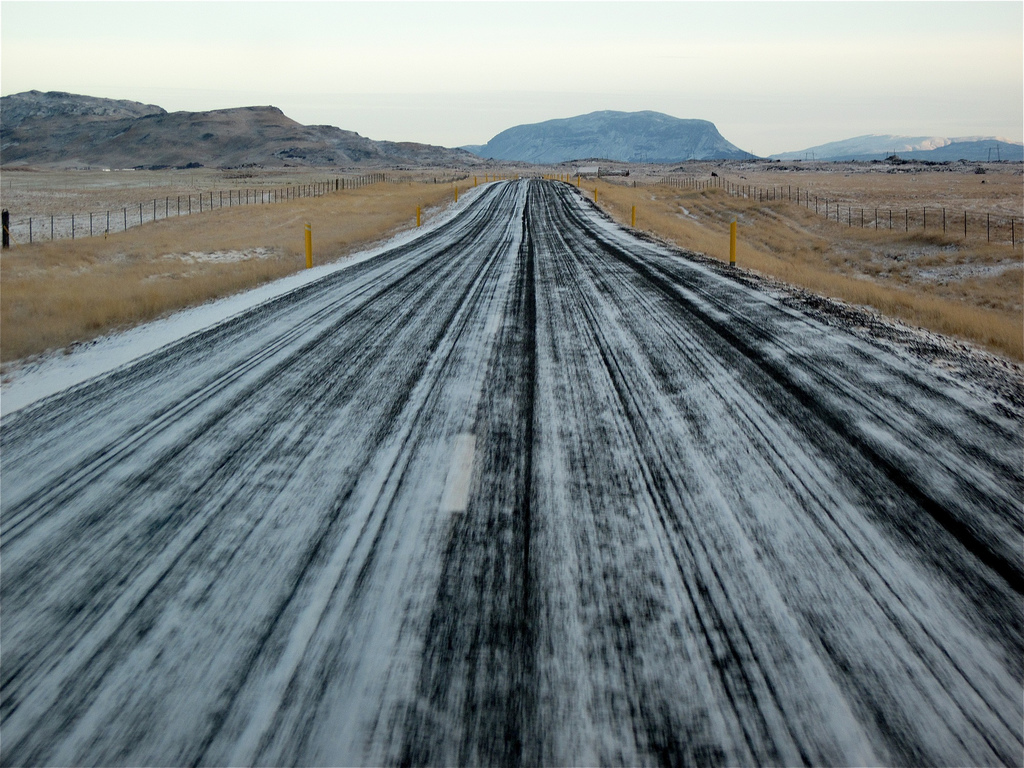
Guided Tours vs. Self-Driving
In the end its not so much a matter of planning your trip to Iceland around the weather than embracing Iceland, including the weather. Be prepared to experience an adventure of a lifetime in one of the most beautiful and sparely populated places on earth.
Is A 4x4 Vehicle Essential In Iceland?
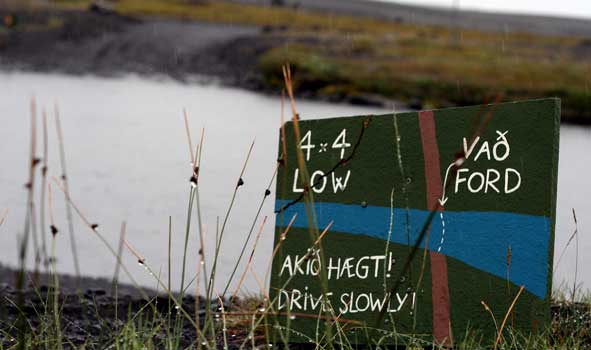
Importance of 4X4 Vehicles
Providing recommendations about touring Iceland is at times hard, as the suggestions you offer are totally determined by the person you are offering them to. The response is determined by what you are used to driving, where you plan to drive to and your experience in different weather conditions. Keep in mind that it’s usually more expensive to rent a 4WD and you don’t always need to have one, i.e if you are looking to be a little adventurous and expect your vehicle to cross river terrain, then hiring a Skoda Octavia wont cut it. However for those self driving the Golden Circle, Reykjavik and the South Coast, then something like a Skoda Octavia would be fine.
In the winter, you’ll need winter tires which are typically provided by all car hire companies on their vehicles. These will help you drive on slush, snow, ice.
Below are a number of exceptions and some factors to take into account:
Highlands in Iceland
First and foremost, many of the highlands in Iceland are only accessible by 4×4 jeeps (4WD is not essentially sufficient) and huge penalties can be imposed if you drive a standard rental vehicle inside these regions.
The same goes for off road driving, this is strictly prohibited. Normally, the roads on the highlands have F road marks. Please note that Kjolur is included even though it’s not an F road. If you intend to visit those regions or on roads that are F marked, we recommend going with a local expert.
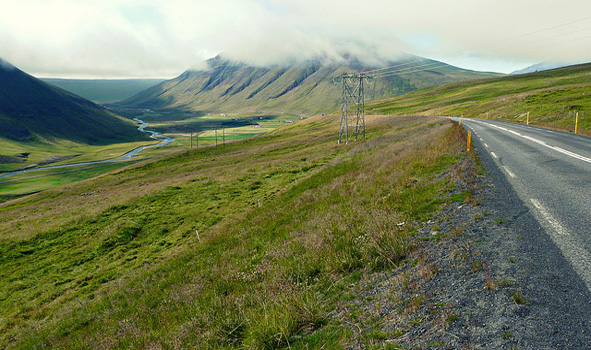
Summer v Winter Driving
During summer you can drive the ring road around Iceland without a 4×4. During winter, due to the weather and snow storms, a 4×4 can prove very useful especially if you are not confident in driving on snowy roads.
This mainly applies to the Westfjords, the North as well as East. However, many of the roads near Reykjavik are sustained well (for instance, the South Coast, Golden Circle and Snaefellsnes Peninsula) and only close when there is excessively bad weather. When it is this bad, you should avoid driving no matter what type of vehicle you have.
The climate in Iceland is unpredictable so this will play a part in your planning and driving. In winter, you might expect snow but not see any or snow might even fall in April. It’s not possible to predict the weather so please be prepared for this.
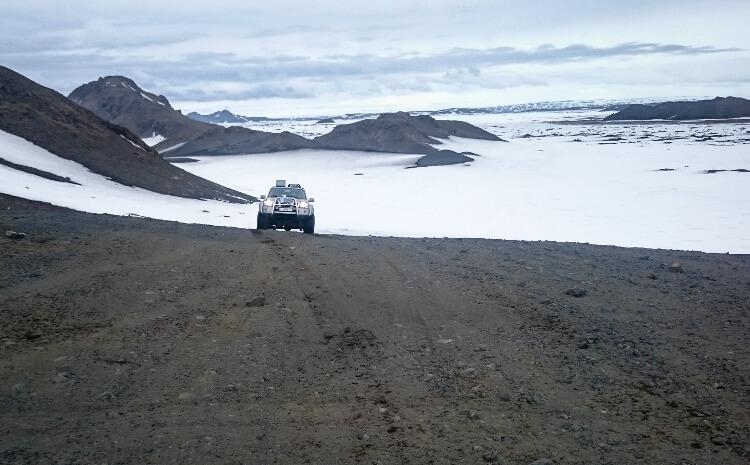
Here’s some point to take into account:
- 4WD cars are slightly larger and offer a little more comfort
- The weather here can totally differ from what you are accustomed to
- It is vital to rent a car in good condition with great tires
- A GPS system is also useful
- Check the weather forecast and road conditions before you start your journey
How To Plan A Northern Lights Vacation
How to Plan a Northern Lights Vacation
It’s a common misunderstanding that the northern lights appear every night throughout the year. We have years of experience in giving visitors advice on how to best plan a northern lights vacation, and we would like to share that experience with you.
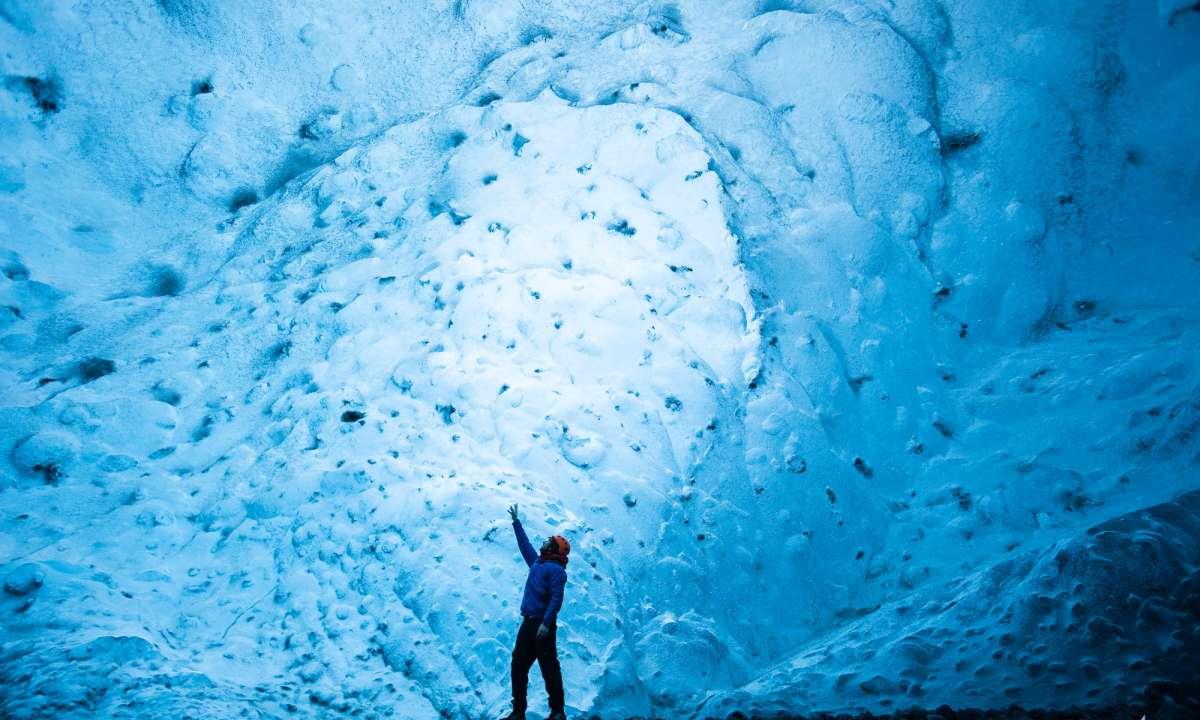
4 Tips for a Northern Lights Vacation
1. Timing
When you are planning a northern lights holiday, the timing is of course crucial. The northern lights can appear every month of the year but you need darkness in order to see them. For examples, even if the forecast shows active lights in July, you won’t see anything due to the 24 hour daylight. May – August are off season due to daylight.
The northern lights season starts at the beginning of September and ends mid April. In late August, when the days have started to get shorter, late at night you could get lucky and see the lights. The length of your stay is also vital as the lights often appear for 2-3 days and then there can be nothing for some days. We always recommend 4-5 days increase your chances.
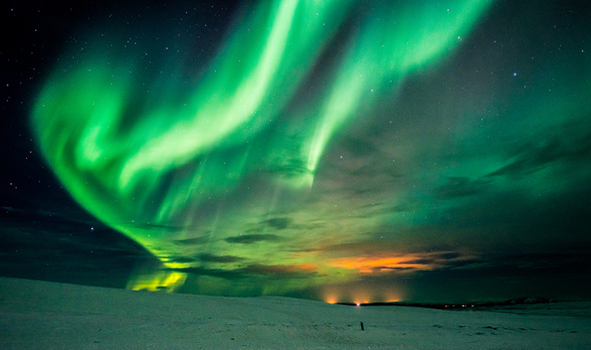
2. Plan for Winter
We always recommend visitors to plan their visit to Iceland as a nice winter holiday with loads of tours and activities. Enjoy all the wonderful things the country has to offer. Whether you choose a tour or to self drive, you will have an amazing time in the pure and unspoiled nature, the views and the sites.
The northern lights are a bonus and we recommend you think of them that way. Keep in mind the hours of daylight you will have during your stay. The months with the fewest hours of daylight are December and January but this gives you longer in darkness to hunt for the lights.
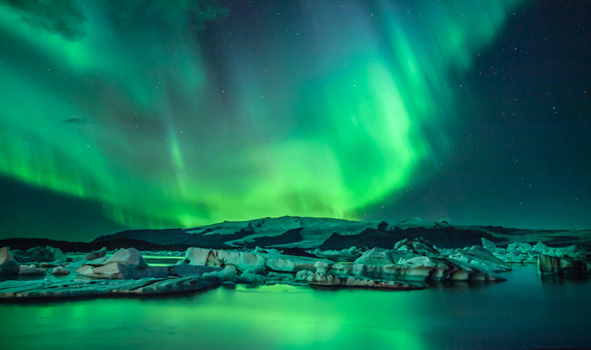
3. Check the Forecast
Keep a close eye on the northern lights forecast. You need to look for white or light green patches, area where there is little to no cloud coverage. There is a scale on the top right, the number here should be 3 (moderate) or higher. However, it’s always worth having a look at the sky, especially if it’s clear and you can see the stars. See the stars and you have a good chance if the lights are going to show.
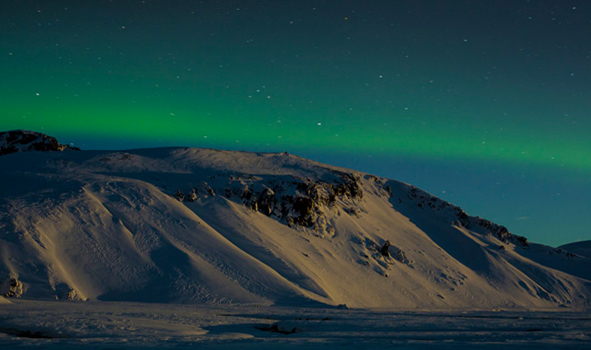
4. Plan Self-Drive Tours
Some people opt to self drive and hunt for the northern lights. Keep in mind that the road conditions in Iceland during winter can be difficult and dangerous, especially out in the countryside; slippery roads, snow and even blizzards.
Alternatively you can opt to take a tour, either a bus tour, super jeep or private tour. A combo tour is a great option to tick a few items off your bucket list.
We recommend the Golden Circle, Secret Lagoon, Bubble Tour.

- Choose the winter months
- Stay for 4-5 days
- Keep a close eye on the Aurora forecast
- Choose the hunt that suits you best, whether a self drive or tour
- Plan your holiday around what Iceland has to offer, northern lights are a bonus
Top 44 Fun Things To Do In Iceland
Top 44 Fun Things to do in Iceland
When planning a visit to Iceland, you may wonder what there is to do here so today we are sharing 44 of our top suggestions. There’s something for everyone from family to solo, traditional to modern. We hope you have a wonderful trip.
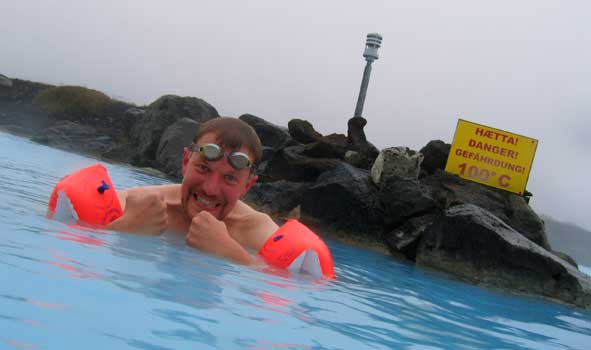
1. Go for a Swim in the North Atlantic Ocean.
It might seem like a big no no but it’s surprisingly getting more popular for visitors to take a dive on the cold North Atlantic Sea. Icelanders have done this for hundred of years and still do. Over the summertime, the temperature of the Sea is about 12 – 15°C but in winter it can go below zero.
Swimming in the sea isn’t just invigorating and adventurous, some say it strengthens the immune system. One of the main spots to go for a swim is Nautholsvik geothermal beach. They have great facilities here and after a quick dip in the North Atlantic Ocean you can reward yourself by relaxing in the hot tub (check opening hours).
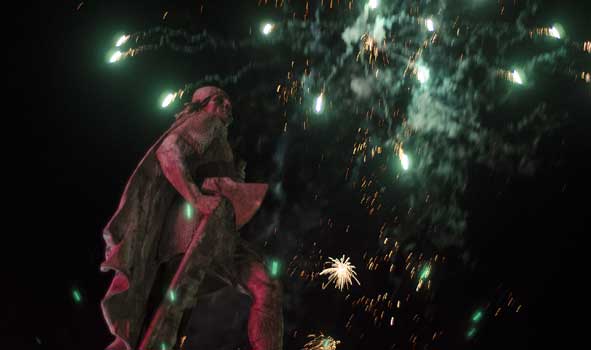
2. Enjoy New Years in Iceland.
If you are looking for a true party over New Years, Iceland is the place to be. Icelanders simply love fireworks around New Years and there aren’t many places in the world that allow fireworks as freely as Iceland does.
Every New Year, Icelanders shoot around 1300 tons of fireworks into the sky to welcome in the New Year. Most of the profit from firework sales goes to the national rescue squad and plays a big part in why Icelanders spend so much money on buying fireworks.
If you are going to get in on the fun then wear safety glasses, avoid wearing flammable clothing and possibly a set of earplugs. The best views across the city are from Perlan and Hallgrimskirkja.
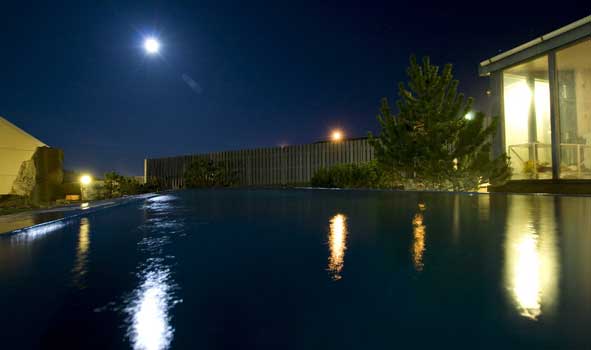
3. Stay Awake for 24 Hours.
In summer, day and night merge into one and it literally doesn’t get dark. The Icelandic summer nights are truly amazing and give you endless opportunities to explore and enjoy being outdoors. All sorts of activities are popular over summer like hiking, hot pools, golfing and more.
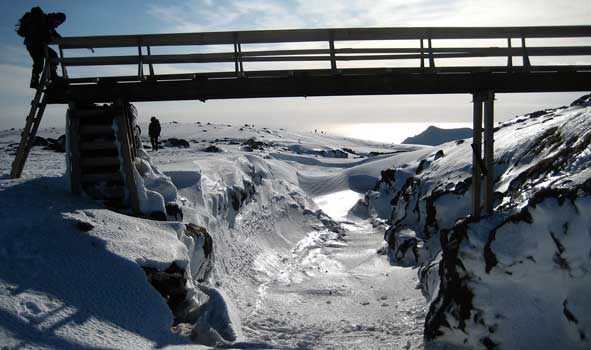
4. Walk Between Continents.
The earths crust is composed of 6 large, and several smaller, tectonic plates that drift and cause sea-floor spreading. Two of those plates meet under Iceland; the Eurasian plate and the North American plate. It is very unusual to be able to see rift above sea level but here in Iceland you can walk between them and literally touch both continents.
In Reykjanes, an 18 meter bridge has been built of the rift and you can cross it for free. It’s a great experience to cross the bridge and walk between two continents. If you are interested, you can buy a certificate of proof that you have crossed the bridge at a nearby information centre.
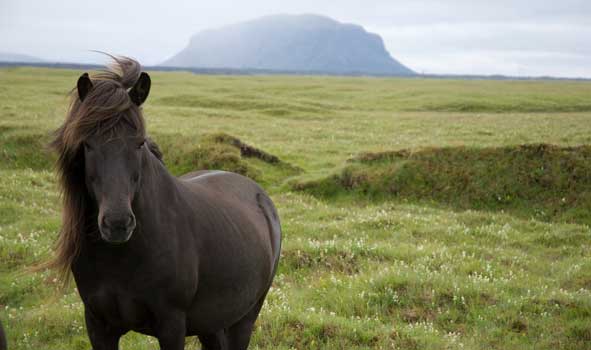
5. Go Horseback Riding
The Icelandic horse is the size of a pony but as strong as a horse. You can find a tour that suits you perfectly from a few hours of horse back riding to a multi day tour. These horses are very well secured by the Icelanders and they prohibit importation of horses. It’s a must for all animal lovers to get to know the Icelandic horse.
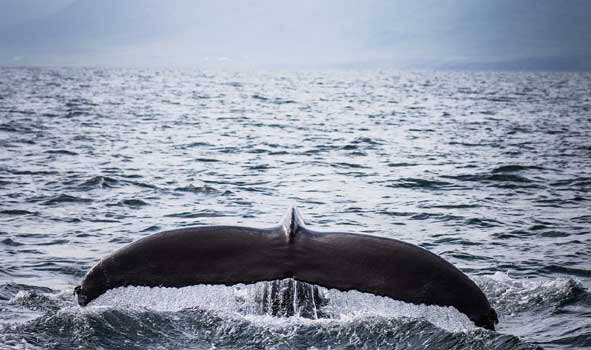
6. Watch the Whales
The whales around Iceland surface and shows off their tricks, often coming very close to the boats and you can sometimes spot dolphins jumping too. In summer you can go whale watching both on the north and south coasts of Iceland. Both locations are great for whale watching. In winter, tours only run from the Old harbour of Reykjavik. It’s truly amazing to see these gigantic animals in their natural environment so up close.
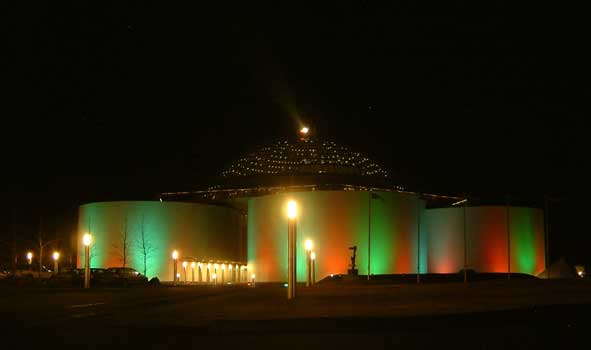
7. Visit The Pearl
Perlan is a famous landmark in Reykjavik, you’ll see it’s massive glass dome on the hill. You can go visit the viewing deck at a small charge, visit the shop and enjoy the magnificent view at the restaurant. Perlan now has an Ice Cave exhibition where you can walk through an ice tunnel and you can get the history of Icelands glaciers.
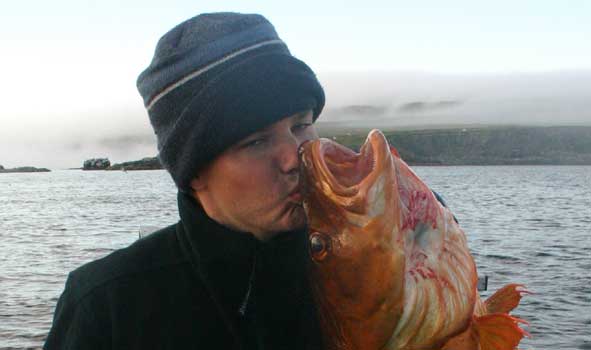
8. Go Fishing!
The fishing industry has been Icelands main industry for centuries and is still a big part of the culture. You can either go on a tour to catch your own fish or go down to the harbour in the morning and offer your help to the fishermen. A freshly caught fish is simply the best, even better if you caught it yourself.
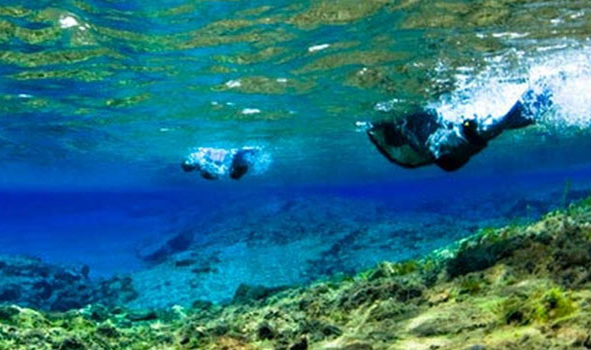
9. Try Diving and Snorkeling
Diving and snorkeling are some of the best things to do in Iceland. Needless to say that there are plenty of spots where you can enjoy such activity. Surprisingly, you can also go surfing in Iceland. The most popular place to go snorkeling is the Silfra at Thingvellir National Park.
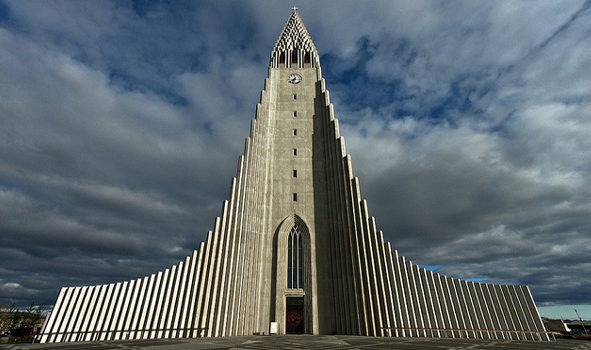
10. Check out the View from the Bell Tower
Hallgrimskirkja is the tallest church in Iceland at 244 feet. There is a lift that takes you to the top of the bell tower where you get a magnificent view across the city. The church itself is beautiful and we recommend you pay a visit.
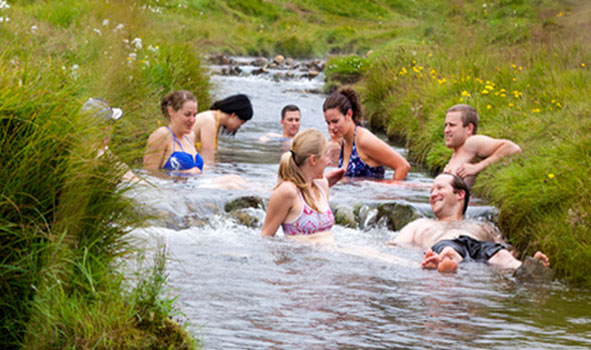
11. Enjoy a Geothermal Bath
You can find many different places in Iceland to bathe in a natural hot water. We recommend Landmannalaugar, the Blue lagoon, Lake Myvatn and the Secret lagoon. To relax in the natural warm water out in nature is definitely a must and should be on your bucket list.

12. Snowmobiling on a Glacier
Get your adrenaline pumping, jump on a snowmobile and tell all your friends you’ve been on a glacier. Most snowmobile rides take place on Langjokull glacier and Myvatnsjokull glacier. There are various tours to choose from and many people like to combine a snowmobiling adventure with the Golden Circle.
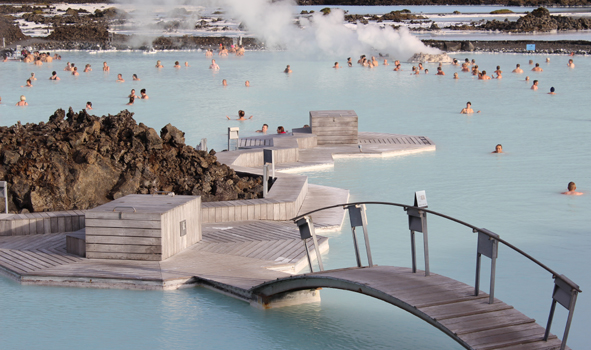
13. Get Married in the Blue Lagoon
The Blue lagoon is one of the most popular destinations in Iceland. Its not just beautiful but it’s also a very relaxing and peaceful place with unique surroundings. The warm turquoise blue water is truly beautiful and you’re surrounded with lava fields, it’s very unique.
The lagoon is known for its healing powers for the skin but you can do many other things there, one of which is to get married. Couples who are interested in tying the knot in this unusual location can get assistance from the personnel at the Blue Lagoon.
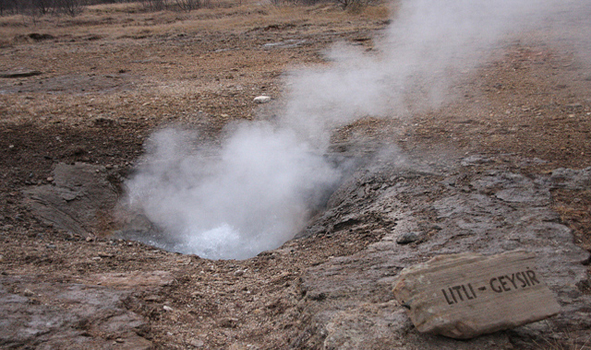
14. Be a Chef in Natures Kitchen.
The possibilities are endless when it comes to Icelands geothermal energy. Hot springs are used not only for heating homes but are very handy when traveling. You can use them for almost everything from washing laundry to boiling eggs.
Icelanders also use the geothermal heat to bake bread in the hot ground. The dough is placed in a container, such as a milk carton, and buried in the hot ground. This can take a few hours to bake so you can buy a loaf of geothermal bread in places such as Hveragerdi and Myvatnssveit.
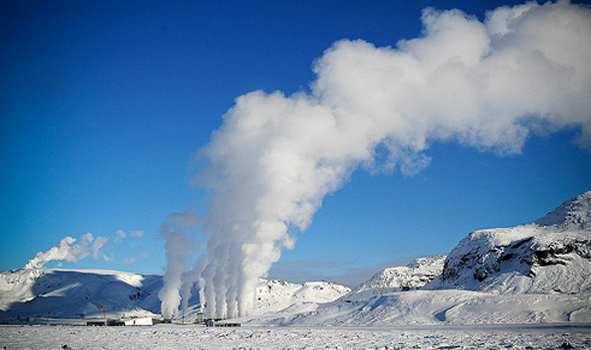
15. Get Hot.
Unlike other countries, in Iceland you can stand in the shower as long as you like without worrying too much about the water bill. Due to the islands volcanic activity, the hot water is both plentiful and inexpensive making it perfect for heating homes, greenhouses, melting snow and filling swimming pools and hot tubs. So enjoy it whilst you’re here, take a long hot shower without feeling too guilty.
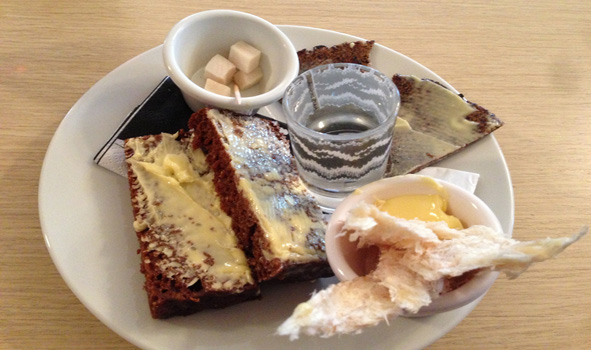
16. Eat Fermented Shark.
Some of the traditional Icelandic food might seem a bit odd to foreigners. For example, sheeps head, dried fish and fermented shark are some of the specialities. When you visit Iceland it’s almost a must to try fermented shark. It has a strong smell and taste but if you want to make a good impression for the locals, try a bite.
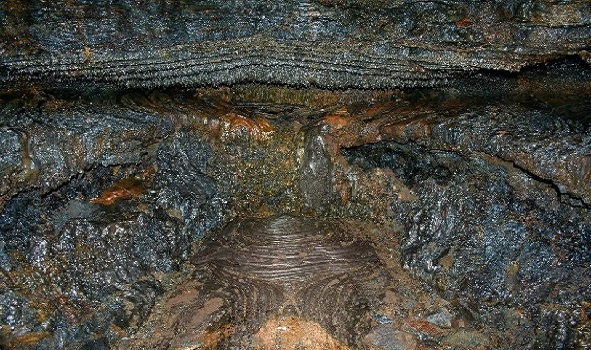
17. Go Lava Caving.
If you are the adventurous type, go lava caving. There are various tours offered and you often don’t need to go far from Reykjavik to find a lava tube. Leidarendi is within 30 minutes drive from the Reykjavik.

18. See the Northern Lights.
The northern lights are a magical phenomenon that everyone should see at least once in a lifetime. Whether you decide to do a tour or a self-drive, the experience seeing the lights dancing above your head will stay with you forever. All sorts of tours are available for aurora hunting: Evening tours, combo tours, bus tours, super jeep tours, multi day tours, floating tours, boat tours…. the list is long so you should find at least one that suits your needs.
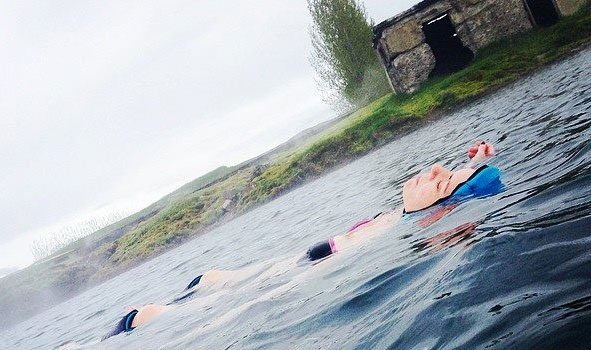
19. Go Floating.
Floating is one of the best ways possible to relax. The floating kit enables you to float in the warm Secret Lagoon and let every muscle in your body rest. There are many extra treats on the tours as well, such as hunting for the northern lights in winter.
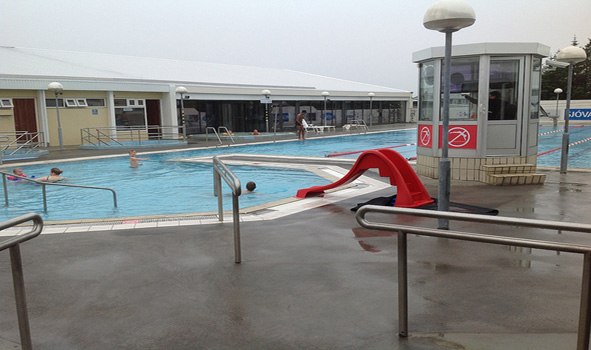
20. Go Swimming and Relax in the Hot Tubs.
Swimming is a big part of Icelandic culture. It is obligatory for all Icelanders to learn how to swim so you can say we are raised in the pools to a great extent. Most pools are outdoors but the water is always nicely warm so people go for a swim without freezing in winter. The hot tubs are a must after a refreshing swim and an ideal way to blend with the locals.
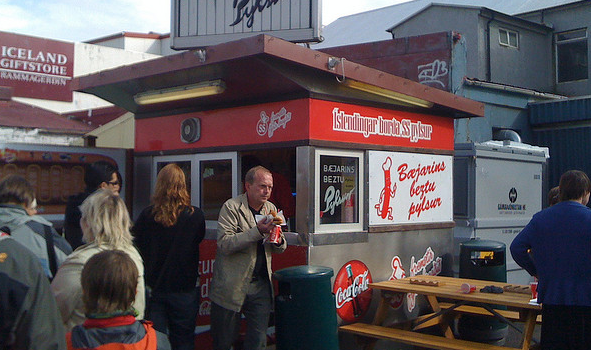
21. Have a Hot Dog.
It is almost obligatory to have a hot dog when you visit Iceland. The most popular hot dog booth in Reykjavik is opposite Kolaportið flea market, not far from the Old Harbor. As for “ein með öllu” (one with everything) and blend in with the locals by the booth while you enjoy your delicious hot dog. When you are travelling around Iceland you can buy a hot dog almost everywhere so there is no excuse not to have one!
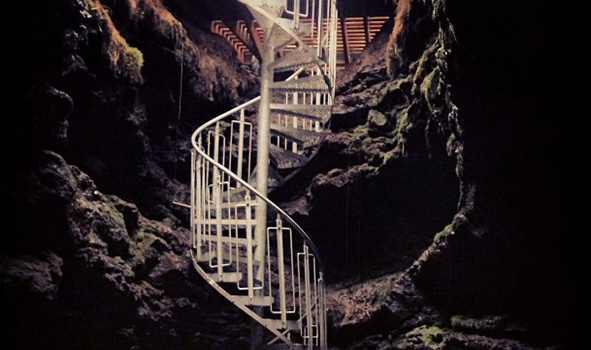
22. Go Inside a Volcano.
Thrihnukagigur Volcano has retired by being an erupting prowess 4,000 years ago, so exploring the magma chamber from the inside is as safe as exploring a museum. But unlike a museum with just parts or relics of a volcano closed in a casket, a tour inside the volanco will take you to the actual inside of a volcano. Something you shouldn´t miss and do at least once in a lifetime!
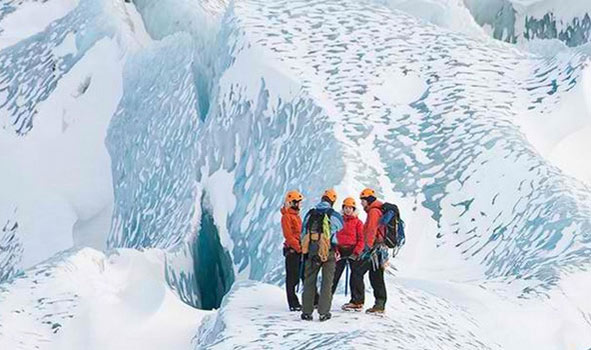
23. Try Glacier Hiking.
For an adventurous day, try glacier hiking. At Sólheimajökull glacier you can explore the crevasse riddle outlet glacier with amazing ice formations, sinkholes and indented ridges. Some tours even offer you ice climbing as well. Never go glacier hiking on your own though as it simply is too dangerous but with guides and the right equipment you are off to an adventure.
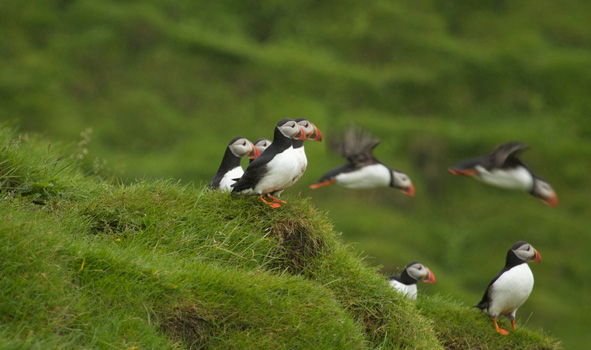
24. See the Puffins.
Puffins are unique and beautiful birds. Over half of the world´s population of the Atlantic puffin roost in Iceland. These birds are unique in many ways, like how they can paddle along the surface of the sea and dive underwater on spotting prey. Half of Icelandic puffins are in the Westmann Island where they both harvested and conserved. Other sites are for instance Hornbjarg and Hornstrandir and on many whale watching tours you see puffins. It is to be noted that puffins aren´t in Iceland during winter. This is one of our favorite things to do in Iceland because the puffins are just great
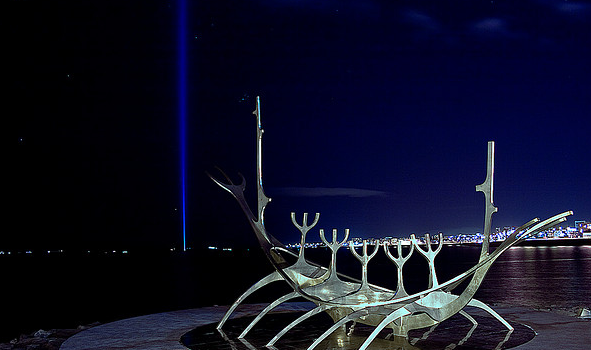
25. Check out the Imagine Peace Tower
The Imagine Peace Tower stands for joy, wisdom, hope and healing. It is a memorial tower of John Lennon by his wife Yoko Ono. The tower is lighted up from 9th October, which is John Lennon´s birthday, up to 8th December. There are also some additional dates for the tower to be lit up and that includes for instance 31st December. The tower is located in Viðey but you can see the light from a far.
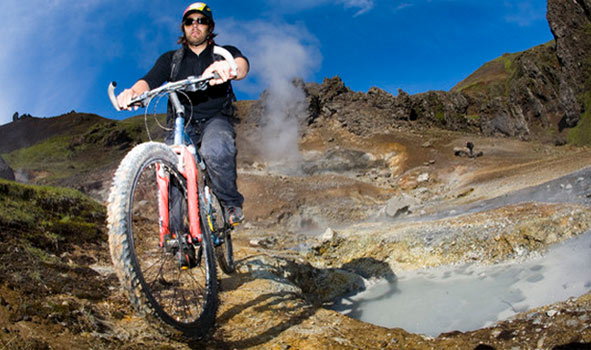
26. Go for a Bike Ride in the Nature
If you want to get the adrenaline pumping and get a real exercise then go biking! There are various tours offered, like in Heiðmörk and Skaftafell, where you can enjoy a great bike ride away from the city lights and noise.
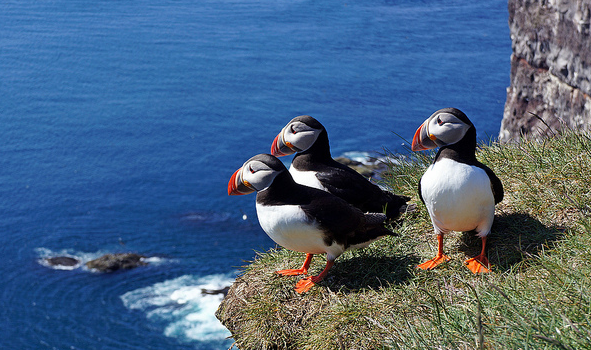
27. Visit the Westman Islands
The Westman islands (Vestmannaeyjar) are located just off the south coast of Iceland. One of the most famous volcanic eruptions in Iceland took place there in 1973. There is a museum about the eruption that you must visit. The largest island is Heimaey but the other islands are uninhabitable. More than 30 bird species nest in their millions in the cliffs, including puffins. Sail around the islands and enjoy the peacefulness and nature the islands have to offer.
28. Try the Icelandic Skyr
Skyr is a dairy product that is very popular in Iceland. You can buy skyr with various flavours, like blueberry and strawberry, but also just plain skyr. It is healthy and something Icelanders have eaten for decades. It is similar to thick yogurt but the taste is unique and delicious. Be like an Icelander and eat skyr!
29. Visit the Arctic Circle on Grímsey Island
Grímsey is a small island about 40 km (25 mi) off the north coast of Iceland and straddling the Arctic Circle. Grímsey is the northernmost inhabited Icelandic territory. The Arctic Circle runs through the island and it is an optimal photo opportunity to take a photo there. You can either fly or take a ferry to the island and spend a day or two.
30. Mount Esja
When you are in Reykjavik you see a beautiful mountain not too far away. This is Esjan, an outdoor paradise. If you want to go for a hike it is an ideal place to so do, either on your own or with a tour. You don´t need to go to the top unless you want to but the view from the hills, and of course the top, is magnificent. Here you can enjoy nature to the fullest and within an hour drive from the capital.
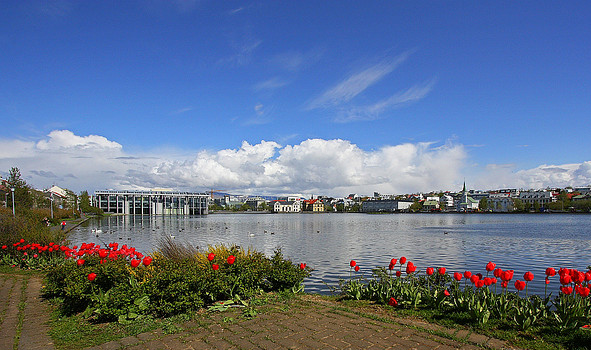
31. The Pond
In Reykjavík´s city center you will see a pond. In summer you can see there different kinds of birds swimming with their newborns. All around the pond you can see various sculptures and artwork and also city hall where you can sit down and have a nice cup of coffee while enjoying the view of the pond. In winter the pond often freezes and then you people either walking across the ice or skating. Try it too, just make sure the ice is really frozen!
32. Enjoy Christmas
Icelanders love Christmas. They decorate their houses, trees and the city center is always very festive. There is a Christmas market in Hafnarfjordur, Christmas shop on the main shopping street in Reykjavik (Laugavegur) and there is always something going on. Don´t forget the Icelandic Santas – they are 13!
33. Attend a Sports Event
Icelanders love sports. In summer football is very popular and in winter it is handball and basketball. If you are a sports fan then you should definitely go to a game and blend in with the locals!
34. Get a City Pass
The City Pass opens doors to many great activities. You can buy one for 1,2 or 3 days. With the City Pass you can visit all the museums in Reykjavik, go swimming, visit the domestic zoo, take the ferry over to Videy island (where the Imagine Peace Tower is located) and much more. Spend time and money wisely and grab a City Pass.
35. Hvalfjörður
The Hvalfjörður Tunnel (Hvalfjarðargöng) is a road tunel under Hvalfjördur fjord and is a part of the ring road. It is 5770 meter longs and reaches a depth of 165 meters below sea level. It shortens the distance from Reykjavík to the western and northern parts of Iceland by 45 km as it takes around an hour to drive the Hvalfjörður fjord itself. The fjord is around 30 km long and 5 km wide. The fjord has a history. During World War II a naval base of the British and American navies could be found there. The name of the fjord is derived from the large number of whales that could be found and caught there. In summer, if you have plenty of extra time, it is a lovely route to drive the fjord itself. Lovely scenery, waterfalls, interesting mixture of volcanic mountains and green vegetation, rivers and unspoiled nature. In winter we recommend the tunnel!
36. Visit Churches
It doesn´t matter whether you are religious or not, visiting the many lovely churches is a wonderful experience. It doesn´t matter whether it is the great Hallgrimskirkja church or a small country church, all of them have their own unique style and history. If you visit the Hallgrimskirkja church, try to be there when they play the massive organ. The sound and the experience is amazing! The small country churches are worth visiting but you can find them all over the country.
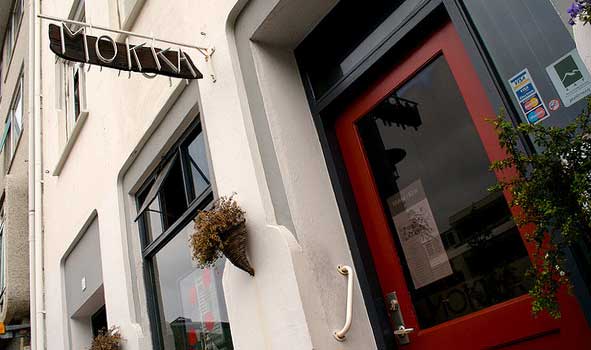
37. Check out the Bars and Cafés
If you long for a nice cup of coffee there are various cafés in the city center in Reykjavík. Try also some local delicacies like kleina or vaffla. If you want to have a beer the pub Kaldi is ideal and try out the local beers. If you want something special, the Kex hostel has an extra ordinary bar/restaurant. The possibilities are endless and do not hesitate to try as many as you can find. You will have a nice experience wherever you go and blend with the locals!
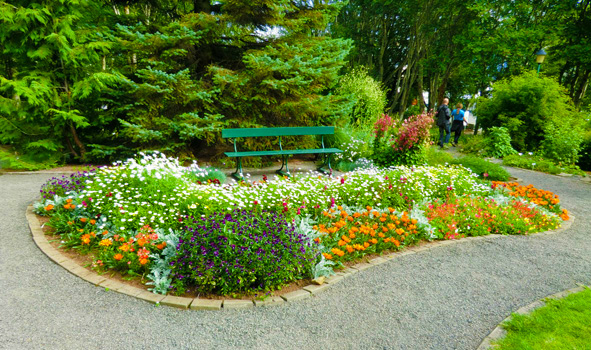
38. Botanical Garden
If you are a fan of trees and flowers, you need to check out the Botanical Garden in Laugardalur. In summer it is gorgeous but it is also charming in winter. Small pond, fountain and peaceful with birdlife. You also find Café Flora there, an ideal place to sit down, relax and enjoy a meal.
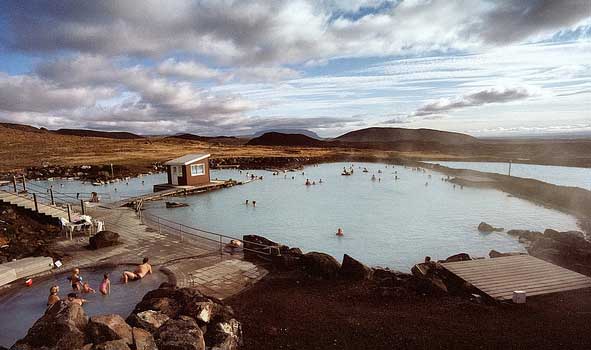
39. Mývatn Nature Baths
The Blue lagoon is always very popular but not too many know that there is another lagoon on the northern coast by lake Mývatn. The Mývatn nature baths are natural, peaceful and worth visiting if you are traveling in the area.
40. Cultural Night
Every year in August Cultural night is celebrated in Reykjavik. It starts in the morning and eds around midnight with fireworks. Stroll around town and participate in various events – such as the marathon – and enjoy the shows, concerts and all the other sites offering something exciting. In the evening, enjoy the concert in the city center and then the wonderful fireworks just before midnight. This is one of our favorite things to do in Iceland because the fireworks are just great:)
41. Visit the Black Sand Beach in Vík
On the south coast of Iceland you will find many nature gems. One of them is the black sand beach close to Vík, called Reynisfjara. The black sand is crushed lava rock and it also features an amazing cliff of regular basalt columns, called Garðar. Out in the sea you will see the beautifully shaped basalt sea stacks Reynisdrangar. The ocean there is very powerful so don´t go too close!! Half way down the beach is a large vaulted cavern, a beautiful site but again, don´t go too close. Otherwise you might end up in the Atlantic Ocean! The area is rich in birdlife and in summer you can spot puffins for instance.
42. Visit the Abandoned Plane.
On Sólheimasandur beach in the south of Iceland you will find something unusual. An epic plane wreck! In 1973 a United States Navy airplane ran out of fuel and was forced to land on the black beach at Sólheimasandur. Thankfully everyone on board survived. Later it turned out that the pilot had simply switched over to the wrong fuel tank. The remains are still at the crash site, on the sand very close to the sea. The scenery is quite amazing and unreal, it is actually like from a science fiction move. A site worth visiting!
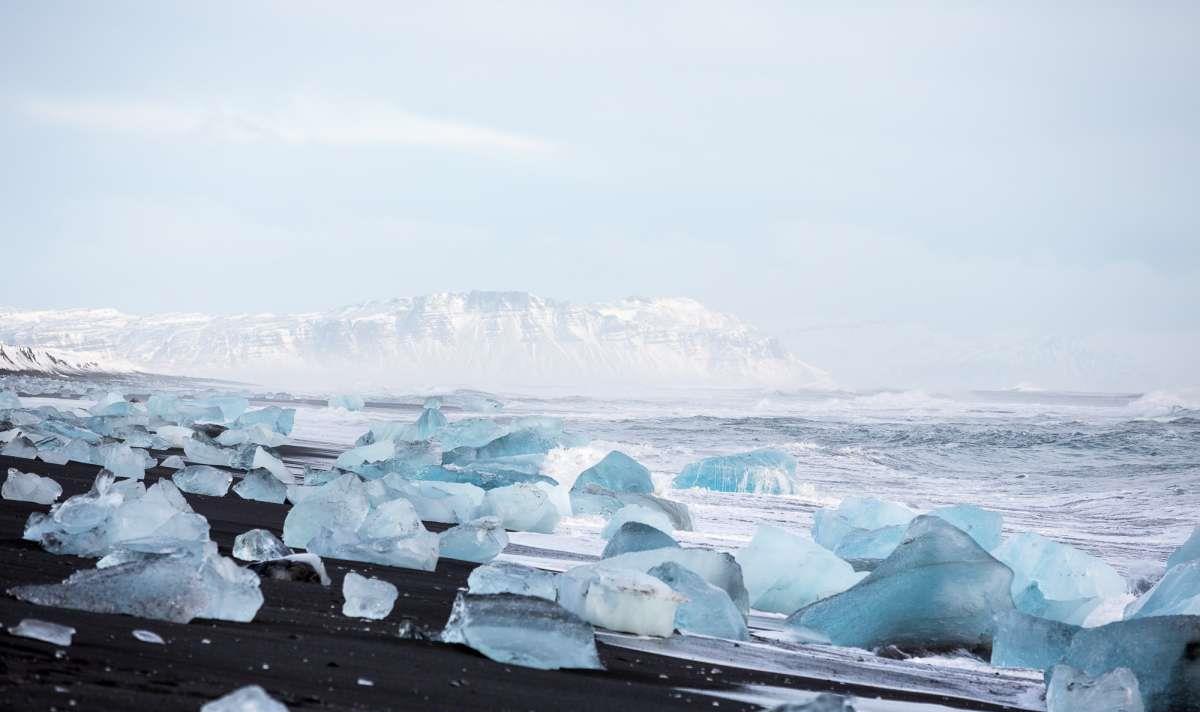
43. Visit the Glacial Lagoon
The Glacial lagoon is one of many wonders of nature that you will find in Iceland. The lagoon first appeared in 1934-1935 and has been growing ever since. It is the deepest lake in Iceland, located on the edge of Vatnajökull National Park. During summer you can take a boat tour on the lake and sail among the magnificent icebergs. In winter it is a popular location to hunt for the northern lights. The lagoon has been a setting for several Hollywood films, such as James Bond.
44. Drive Through the National Park, Thingvellir
Thingvellir National Park is a wonderful place worth visiting. It is very historical and special in so many ways. It is where you can see the Mid-Atlantic Ridge that splits Iceland further apart each year. The scenery is one of a kind and it doesn´t matter whether it is in summer, spring, fall or winter. Thingvallavatn lake is breathtaking, the trees, the lava, the waterfalls…. the list is endless. Thingvellir is a site of historical and cultural importance. It is where the Icelandic Parliament was established in 930 and in 2004 Thingvellir became a World Heritage Site. All off road driving is of course prohibited and please show the park and its surroundings full respect.
4 winter days in Iceland - editor's choice
4 Winter Days in Iceland
People visiting Iceland for the first time naturally want to see and do as much as possible during their stay. Often people are only staying for a few days so it might be a bit difficult to do see and do everything on the wishlist but for first timers we have put together an itinerary that might be helpful. Then you just need to come again to visit all the other beautiful sites!
Day One
The Golden Circle is the classical route that everyone takes on their first visit to Iceland. You cover many sites only in one day. The Golden Circle includes the beautiful Gullfoss waterfall, they famous Geysir hot spring area and the peaceful Thingvellir National Park. You can add to that route a visit to the crater lake Kerið. For the Golden Circle you can either do bus tours or super jeep tours with various extra activities. Our personal favorite is the Golden Circle Ultimate with floating and northern lights hunting in the evening. Of course you can also do the route by self-drive but take care, the roads in winter are icy!
Day Two and Three
For the second and third day we choose the south coast and Jökulsarlón glacial lagoon. The south coast is beautiful and has so many lovely sites to visit. To name a few, Skógafoss and Seljalandsfoss waterfalls, black sand beaches, amazing views and on a clear day you can see the Westman islands. The glacial lagoon is one of a kind and something you shouldn´t miss. During summer you can take boat rides on the lagoon but you can enjoy the lovey lagoon in winter as well. Spending the evening by the lagoon and hunt for the northern lights, it doesn´t get more magical than that! It is also a great experience to spend one night at the countryside and enjoy the pure Icelandic nature.
Day Four
The Reykjanes peninsula is a hidden gem that not too many tourists know about. It is a perfect route for a day tour as it is very close to Reykjavík! You can visit small villages, geothermal areas like Krísuvík, the beautiful Kleifarvatn lake, cross the bridge between two continents and of course soak and relax in the Blue lagoon. The moonlike landscape takes you to another world and the peacefulness is one of kind. You can either do this route on your own (self-drive, but in winter make sure you have a 4×4) or book a bus tour/private tour.
10 Sights to Visit in Reykjavik
Even though Reykjavik isn’t a very big city, it has a lot to offer and there are many lovely sites to visit. We’ve put together a list of our top ten sites to visit in Reykjavik – but of course there’s much more to see and do in Icelands capital.
1. Hallgrimskirkja Church
One of the most iconic buildings in Reykjavik is Hallgrimskirkja church. You can see it almost wherever you are and it is amongst the highest buildings in Iceland. You can go up the steeple and enjoy the magnificent view over the city and surrounding coastline. The church itself is beautiful and the organ is a work of art.
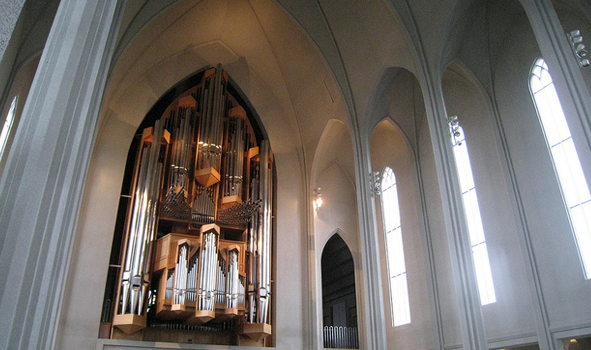
2. Perlan (The Pearl)
Perlan (The Pearl) stands out for its unique and modern architecture. Up on the fourth level there is a 360 degree viewing platform where you can get the best panoramic views of Reykjavík. When the sun sets, it’s a spectacular spot for the Northern Lights in winter if the forecast is looking good. You can also dine at the Perlan Restaurant and enjoy a view across the whole city. Visit the newly opened Glacier and Ice Cave Exhibition to learn about the Wonders of Iceland.
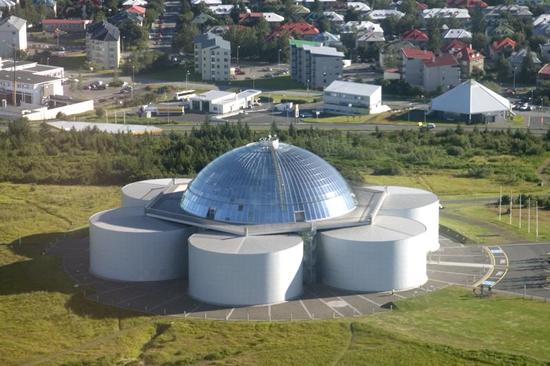
3. Tjörnin (The Pond)
Tjörnin or The Pond, is located in the city centre of Reykjavik. The birds on the Pond give the city a lively charm. You can take a walk around the Pond to see the sculptures set amongst the park grounds and enjoy the sunset. In winter the pond freezes over and people go ice skating on it. Hot geothermal waters are pumped into a small section of the pond where ducks and swans gathers. It’s ok to feed the duck in winter but please refrain from doing this in the summer time.
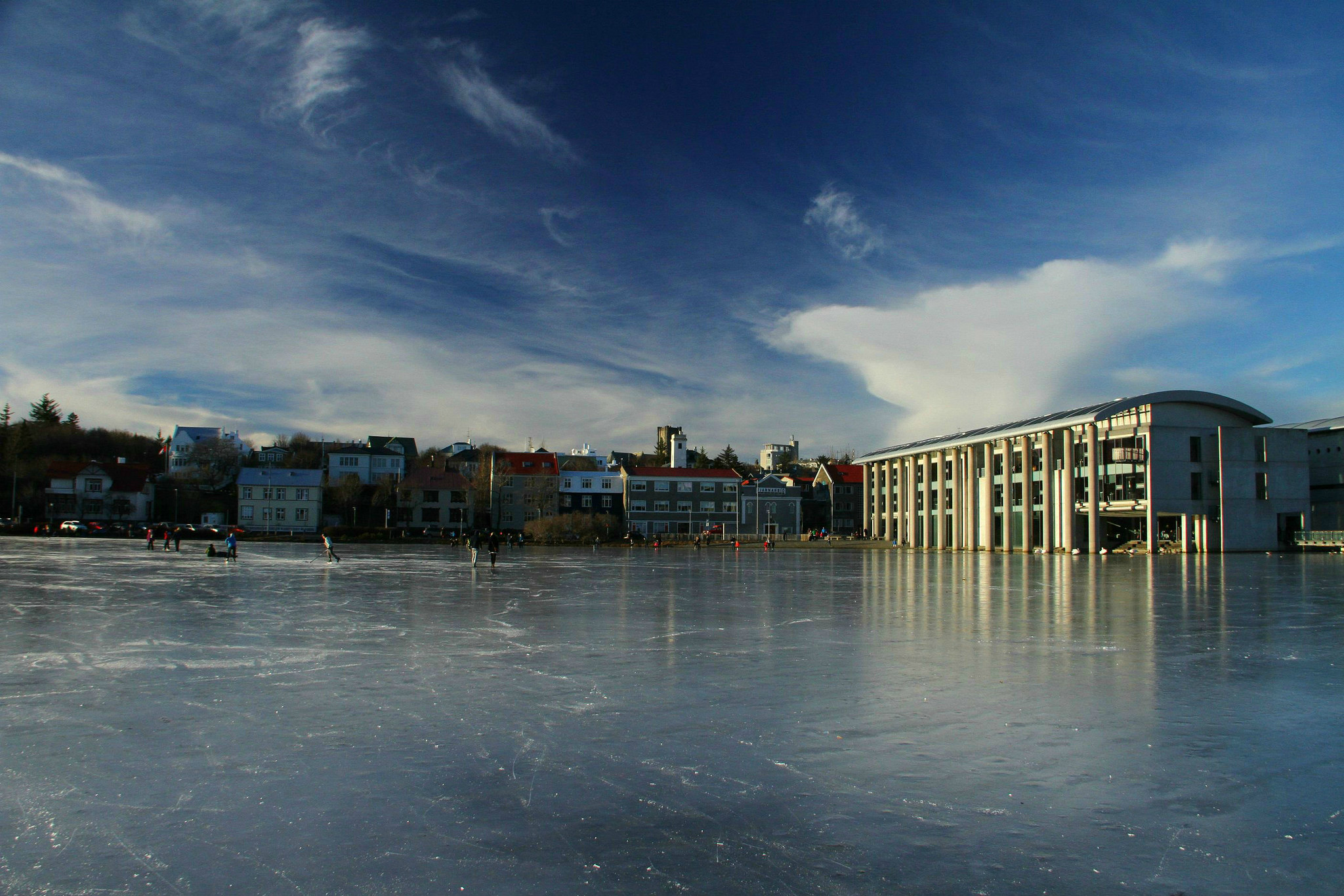
4. The Parliament
The Parliament, Althingi was founded at Thingvellir back in 930 up until 1799 when it was discontinued for some decades. Althingi is one of the oldest extant parliamentary institutions in the world. These days
In 1844 Althingi was relocated to the capital city and has be held here in Reykjavik ever since. The role of the Parliament has changed over the years but its main function today is to discuss and pass legislation. With 63 members voted by the public, they are refered to as ‘thingmenn’ which means People of the Althingi or Parliament.
The parliament is located in the heart of Reykjavik, in Austurvollur square. This square is the place to be in the summer time as the sun in shining and people gather on the grass. There are many nice restaurants to dine outside and enjoy the sun. At the centre of the square stands a statue of Jón Sigurðsson, the renowned figure who led Iceland to independence.
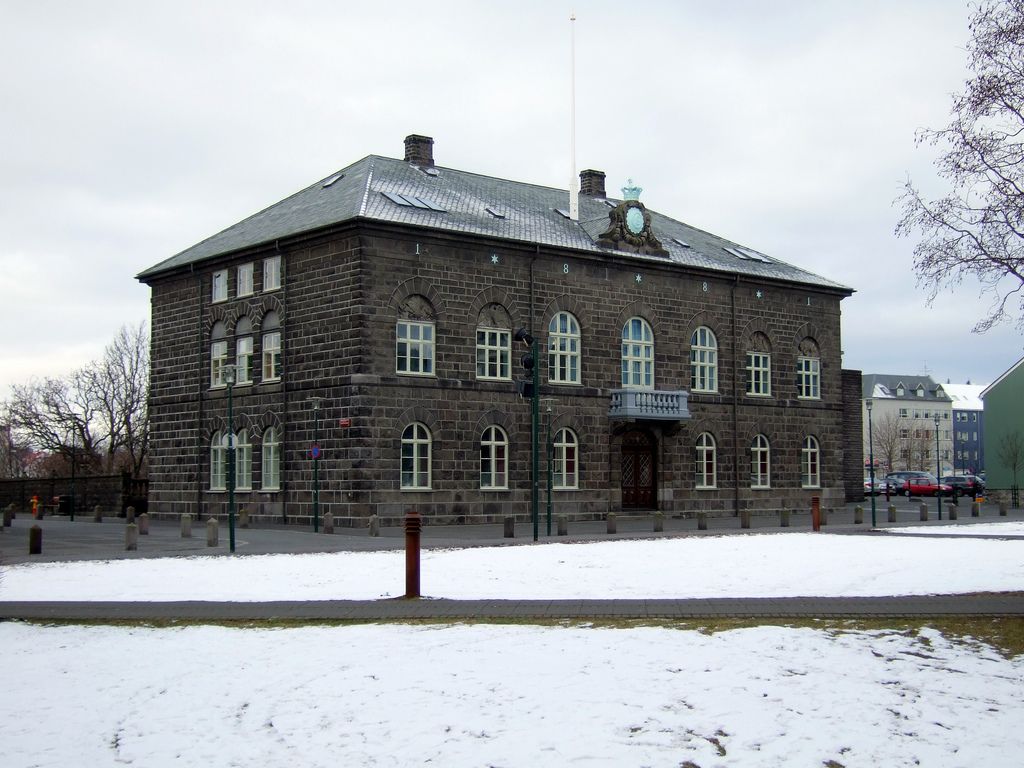
5. Harpa Concert Hall
Harpa Concert Hall is one of Reykjavik’s most unique buildings. It was designed by a Danish firm in co-operation with the Icelandic artist Ólafur Elíasson. Harpa stand at the edge of Reykjaviks Harbour and is Icelands biggest concert hall suitable for a broad range of concerts and cultural events.
The interior and exterior are both stunning but the interior is worth a visit and walk around. There’s a nice café on the ground floor and a restaurant on the top floor. There are guided tours on offer and some great short cinematography shows worth looking into.
In winter the glazed facade is eliminated with a magical light show representing the Northern Lights.
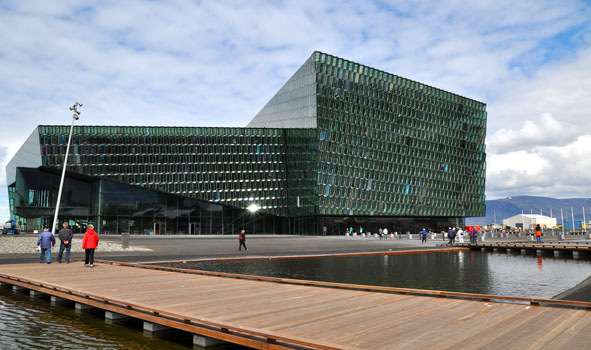
6. The Old Harbour
The old harbour is the first lasting harbour of Reykjavik and an area of great history. On the eastern pier you will find galleries, excellent restaurants, cafés and more. You will also find numerous whale watching companies willing to take you out to sea on unforgettable excursions. The atmosphere at the old harbour is friendly, the sea air is fresh, and there’s plenty of interesting activities to check out such as the Maritime Museum.
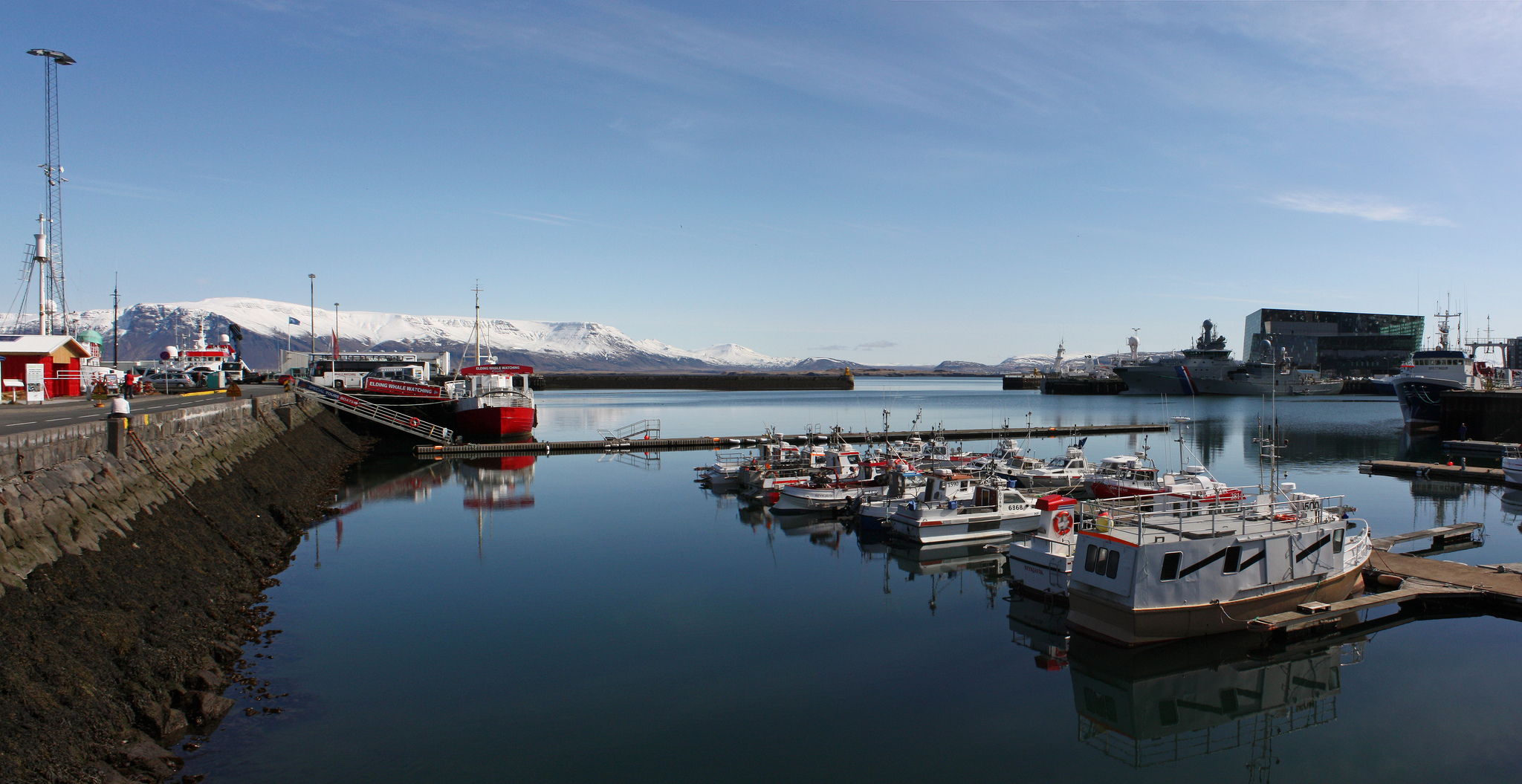
7. The Sun Voyager
The Sun Voyager is a beautiful sculpture on the coastline, a short walk from Harpa Concert Hall. The sculpture by Jón Gunnar Árnason, serves as a reminder of the Icelanders history and heritage when the first Viking settlers sailed to Iceland. Designed as an ode to the sun symbolising freedom, progress, the promise of undiscovered territory and a dream of hope. The Sun Voyager is a lovely sculpture that has become one of Reykjaviks symbols.
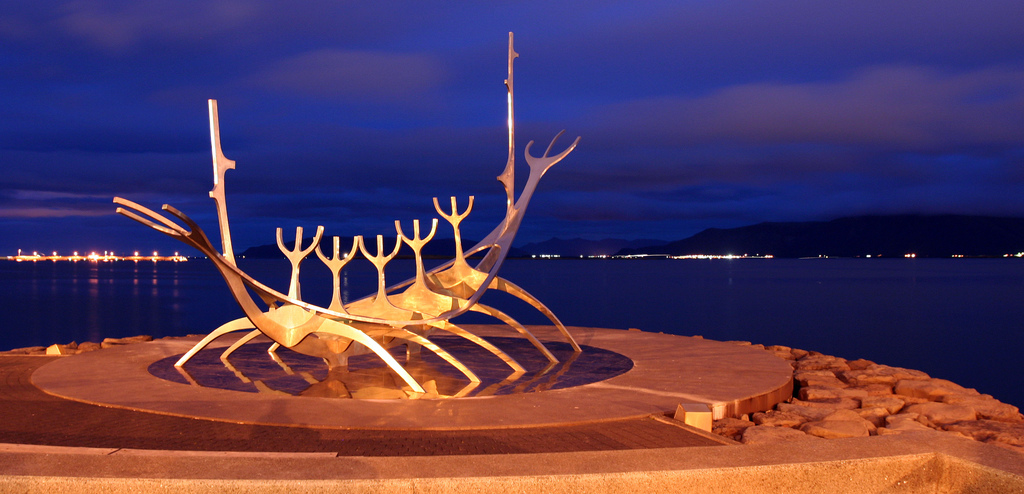
8. City Hall
With an impressive modern design, the building sits right on the northern shore of Lake Tjörnin, The Pond. The building is also open to visitors, providing internet access and an information desk, exhibition halls and a cafe. Sit in the café and enjoy the magnificent view over the Pond, admire the birdlife through the huge class windows. Visit the galleries to admire one of the steady streams of new and exciting exhibitions. Make sure to have a look at the 3D map of Iceland in the entrance.
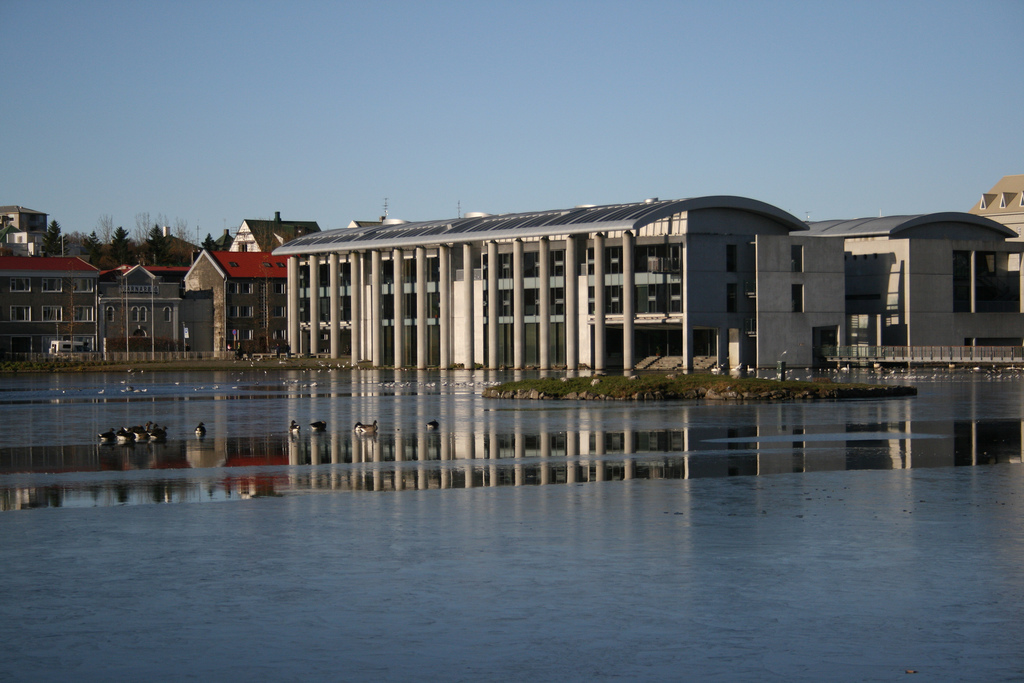
9. The Seaside
Wherever you are in Reykjavik you are never far from the sea and it’s refreshing to take a walk along the coastline. Ægissíða is a great place to walk. you might even see a seal swimming in the ocean. Grótta is another great place for a walk along the rocky coastline or black sand beach. The lighthouse is fun to walk out to but beware and check for high tide so you don’t get stuck. There is also a very small but cute geothermal pool where locals sit in and watch the sunset. Grotta is also a good place to check for Northern Lights at night.
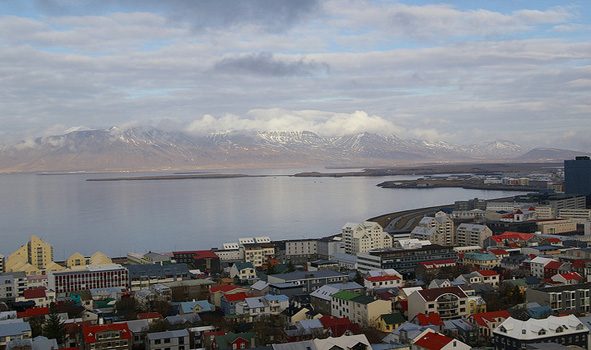
10. Kolaportið Flea Market
At Kolaportið Flea Market you can find almost anything. An indoor flea market so no need to think about the weather. It’s open during weekends from 11:00 – 17:00 and is fun to visit. The atmosphere is unique and the old industrial building is usually filled with people hunting for books or antiques, grocery shopping, selling old garments, buying music and DVD’s, or digging through piles of stuff in search of hidden treasures. We recommend bringing cash as the majority of stalls are unable to accept card. It’s a fun way to spend an afternoon in Reykjavik.
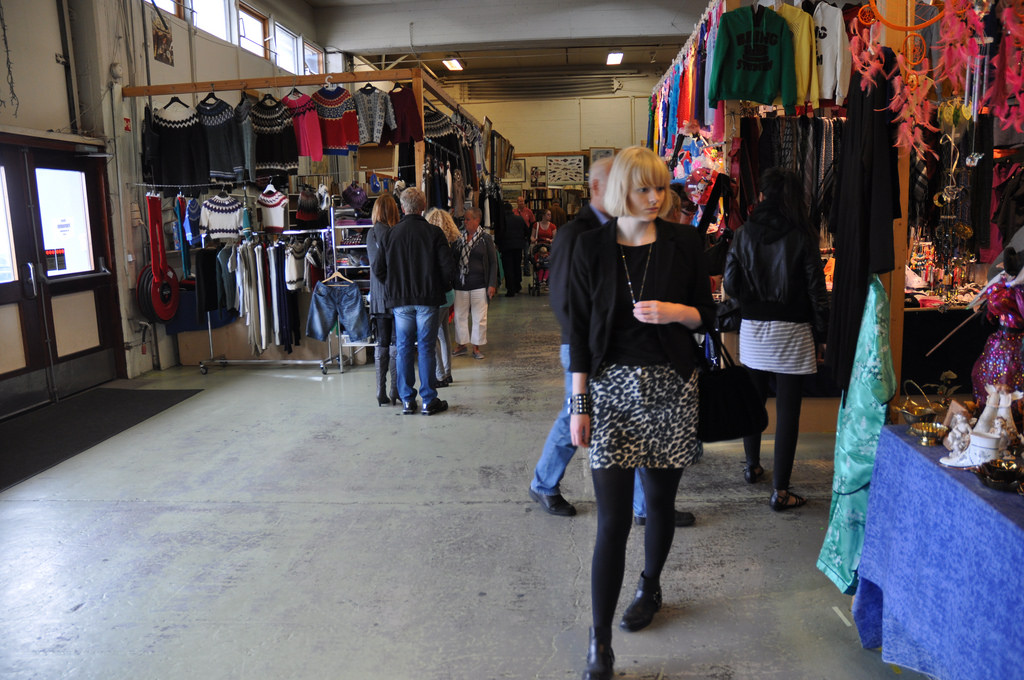
Driving in Iceland
Driving in Iceland
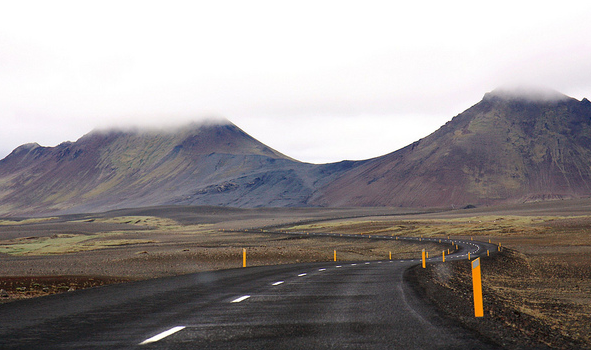
When visiting Iceland and planning to self-drive to all the wonderful places or to chase the Northern lights, there are several things you need to know before you get behind the wheel. Please take note of the following safety precautions before you start driving in Iceland.
Although Icelanders are known to be hospitable, the Icelandic climate and nature may not be, especially if you tend to visit Iceland during winter. In order for you to get along with Icelandic weather and the nature, you have to stick to some strict guidelines and policies to ensure the safety of everybody. Icelanders follow them too, so as a tourist you should respect the rules to fully enjoy your visit without having any accidents.
Never Ignore Rules and Restrictions
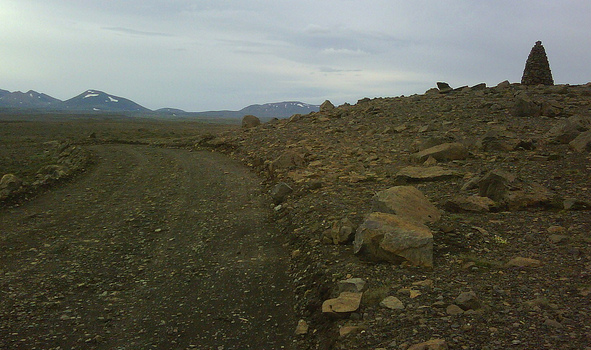
Driving restrictions are implied in Iceland for everyones safety. Never ignore these restrictions. Here are some points to keep in mind:
- Driving off-roads, and driving on marked tracks, is strictly forbidden.
- Stay in your lane.
- Always wear your seat belt.
- Driving while drunk or under the influenced of drugs will instantly put you behind bars.
- Talking on your mobile while driving is prohibited unless you have a headset.
- Drive slowly on mountain roads, roads with loose gravel and on national highways with a long stretch of asphalt to prevent tire slip. When the road changes from paved to gravel, you should also decrease your speed.
- Mountain roads are usually very narrow and winding so keep your speed down to avoid falling off the cliff.
- Never speed, even if there are no police around.
- Sometimes you will come across old and narrow bridges that only one car can cross at the time. When a car is coming from the other direction, stop your car and let the other car cross the bridge before you.
- There are lots of blind summits in Iceland so keep driving in your lane, on the right-hand side of the road, and be aware of other cars.
- Never drive too long during summer where the sun shines for 24 hours. Some tourists forget about this because they are used to using daylight and darkness as symbol of day and night. This is one reason why accidents in Iceland occur, tourists can drive for too long and accidentally doze off while driving.
- Icelanders care for their animals safety so keep in mind that if you see sheep or horses crossing the road, always let them cross first. If you hit them, you have to pay a fine or you could end up in jail. Better safe than sorry.
2WD vehicles are not allowed on road number 35 in KJÖLUR, road number 550 in KALDIDALUR and other roads that are marked F on Icelands official maps. You can get maps at gas stations, local tourist offices and in bookstores in Iceland. Please respect these rules and guidelines as they are to avoid any accidents. Drivers that do not comply with these rules, will have their insurance revoked and in many cases of accidents, whether it’s the driver driving 2WD fault or not, it will still be the one to be held reliable.
Other Useful Information
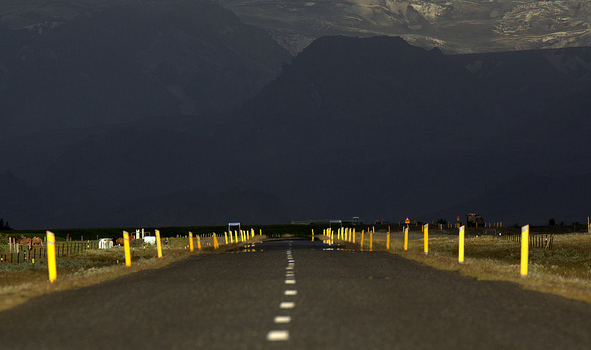
General Speed Limits
Here are the general speed limits in Iceland although there can always speed signs on the sides of the road too. It’s useful to memorise these:
Urban areas – 50 km/h
Rural areas (gravel roads) – 80 km/h
Rural areas (asphalt roads) – 90 km/h
Headlights
Motorists need to turn on their headlights all the time. Remember, there will be times that the sun does not shine in Iceland, even during daytime, so keep them turned on at all times.
Gasoline / Petrol
Petrol stations are open until 11:00 pm / 11:30 pm in most areas of Iceland. In Reykjavik, gas stations are open from 7:30am to 8:00pm during weekdays and Saturdays. On Sundays they are open from 9:00am to 8:00pm. You can also find self-operated pumps at gas stations in Reykjavik that you ca use after closing time. They accept all major credit cards.
Insurance and Valid Driver’s License
If you are driving your own car then you must bring with you your “Green Card” or any third-party insurance proof. There can be exceptions on countries in Europe.
Always bring a valid drivers licence.
Mountain Roads
You can only drive on mountain tracks when you are driving a 4WD vehicle. It’s advisable, sometimes required, that two or more vehicles need to travel together. Please be aware that mountain tracks are slippery during winter period. Always ask the local tourist information offices about road conditions and check the weather forecast before you start your journey.
You will find many car rentals in Iceland where you can find a car that suits your needs, offering different car types for different budgets.
What To Wear In Winter
What to Wear in Iceland in Winter

As you already might know, the weather in Iceland is unpredictable. Therefore it is often difficult to decide what to pack for a trip to Iceland. Here are few guidelines on what you will need during your stay:
Dress warm and layer up!!
Warm Coats

Warm coats/parkas are a must in winter. If you don’t have one then we strongly recommend you get one before you arrive or you can buy one when you arrive. A waterproof outer layer is vital. Downtown you will find the shopping streets of Bankastraeti and Laugavegur in the city centre and there are two shopping malls on the outskirts; Kringlan and Smáralind. You will find Icelandic stores with outdoor clothing for the whole family. We recommend 66North, Cintamani, IceWear and ZO-ON.
Accessories

A warm coat isn’t enough, you’ll also need to bring or buy gloves/mittens, a scarf, hat and warm socks. Wool socks are ideal as they will keep your toes warm no matter how cold it gets. If you are planning on going out whale watching or snowmobiling, etc then keep in mind that it will be much colder than in the city.
Shoes

Icelandic weather is a little unpredictable and changes often. When the sidewalks are clear, trainers or even winter boots with heals can be ok. However, when it becomes slippery or the sidewalks and roads are covered with snow, you will want shoes with a good grip. If you can get the cover-the-shoe ice grips then bring some but you can buy them here too. When going on tours outside of Reykjavik city, make sure yo wear good walking shoes or hiking boots.
Sunglasses and Sunscreen

Sunglasses and sunscreen are probably the last things on your list for a vacation in Iceland but nevertheless it’s a must. The sun doesn’t go very high in winter and it is very strong, not to mention when the ground is white with snow (reflection). Protect your eyes with sunglasses whether you are in the city or out in the country.
Protect your skin with sunscreen when you go skiing or on a snowmobile on a sunny day, even though the temperature is well below zero. Last but not least, when the sun is coming up or going down in winter, it is very strong and can make it hard to see where you are driving so you will be glad of the sunglasses. These don’t need to be anything special but will help with the glare.
Sweaters and Pants

Warm sweaters and trousers with leggings or a thermal underneath is a good idea if you are going up to the mountains or will be spending time outdoors. Reykjavik has some quirky stores and boutiques with Icelandic designs for both men and women. Lopapeysa, the traditional Icelandic woolen sweater, is a classic and makes for a great souvenir – it will also keep you very warm too. If you are planning on just walking around in the city then jeans with a few layers on top are perfectly okay. If you are going on a tour then the key is to layer up.
TIP: avoid jeans or cotton close to your body, use a thermal base layer. If your jeans get wet they will stay wet and make you very cold. Also, if you sweat in a cotton layer then the damn sweat will quickly give you a chill.
Swimwear

We always recommend visitors to visit one of the many great swimming pools across Iceland. There are many to choose from, from local pools to hidden pools and the more iconic ones such as the Blue Lagoon. These geothermal pools are amazing and well worth the experience so don’t forget your swimsuit and towel.
The Countryside

Many visiters to Iceland want to explore the countryside and the famous sites such as the Golden Circle, the South Coast and Snaefellsnes. Make sure you are prepared for different weather conditions as the weather can be unpredictable.
If heading out on a Northern Lights and Stargazing tour then wrap up warm, while the bus is nice and cosy, you will be standing out watching the Aurora in some very cold conditions.

As you have probably figured out, it is important to dress warm when you visit Iceland. The weather in Iceland is unpredictable, especially during winter. You might be lucky and get a lovely sunny day (6’c) but you still need a coat and hat, scarf, gloves. A cold day with strong winds (-10’c) requires warm clothing so layer up and make sure you consider your footwear. Every day is unique, enjoy it and enjoy wonderful Iceland
Here’s a video from a local vlogger talking through a packing list for winter in Iceland.
Sonia Nicolson-Guðrúnarson

